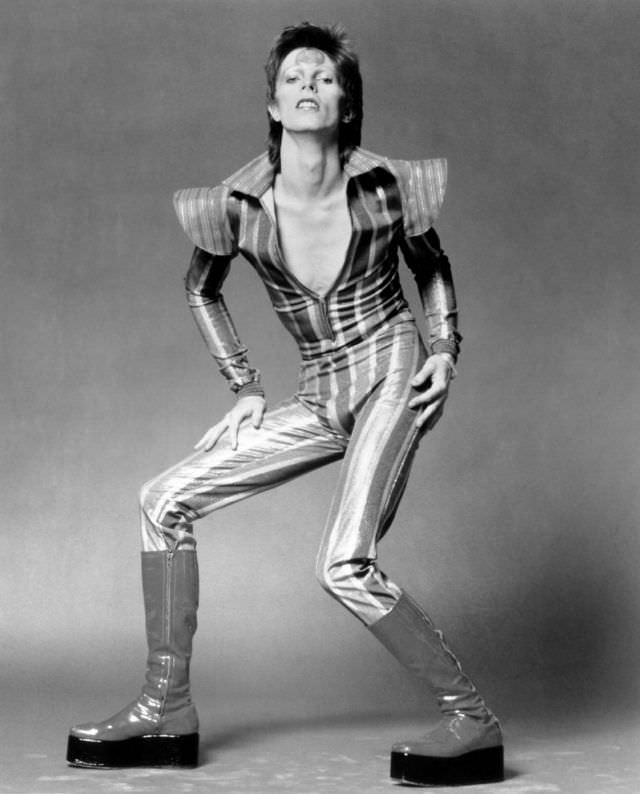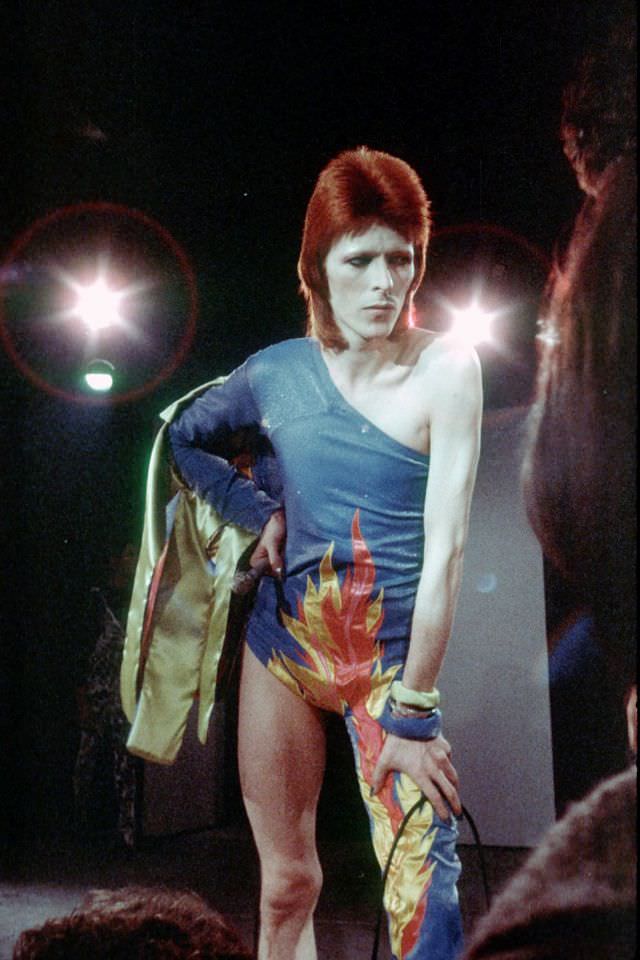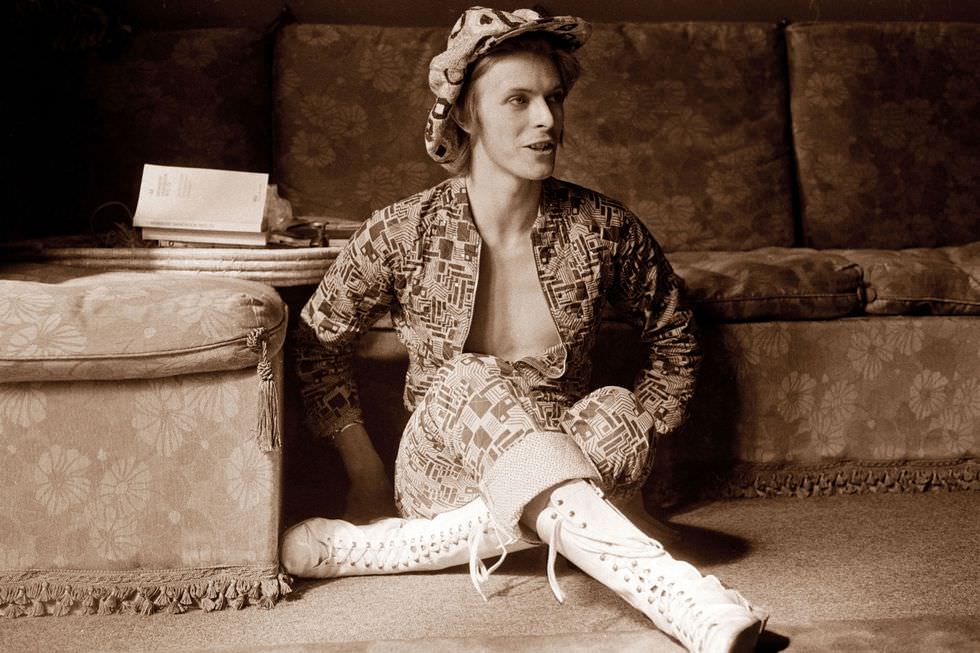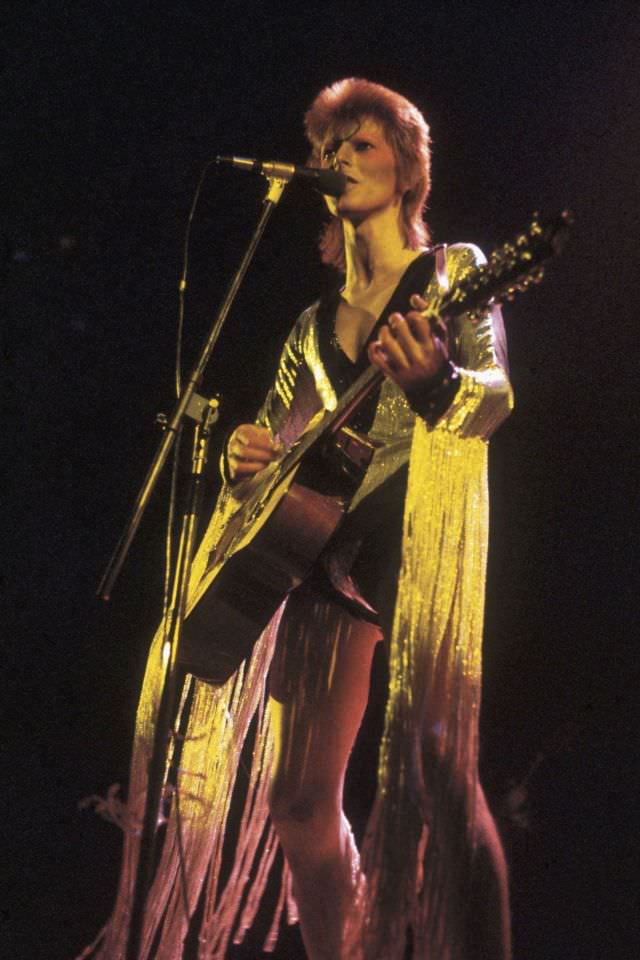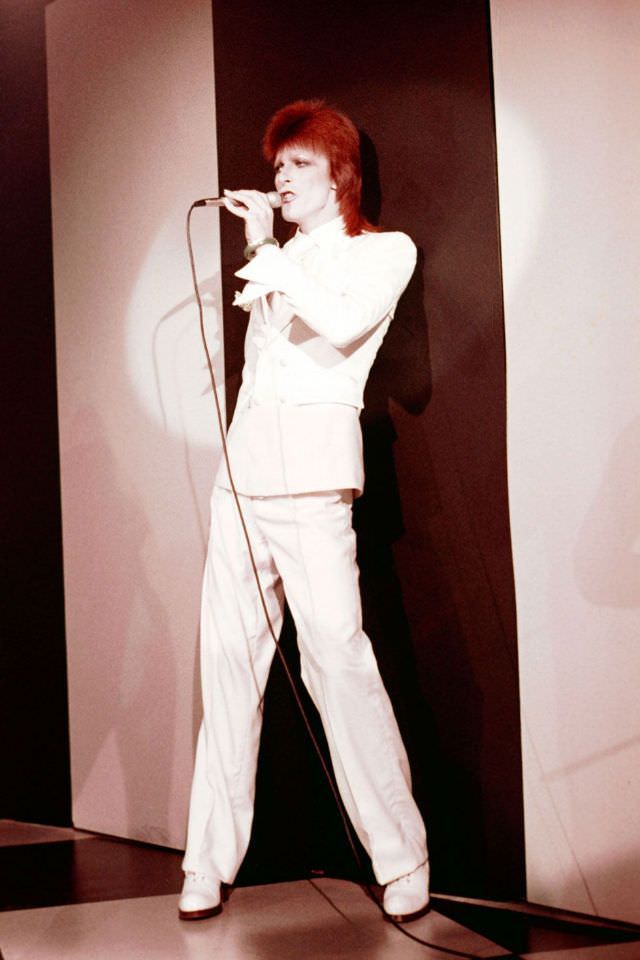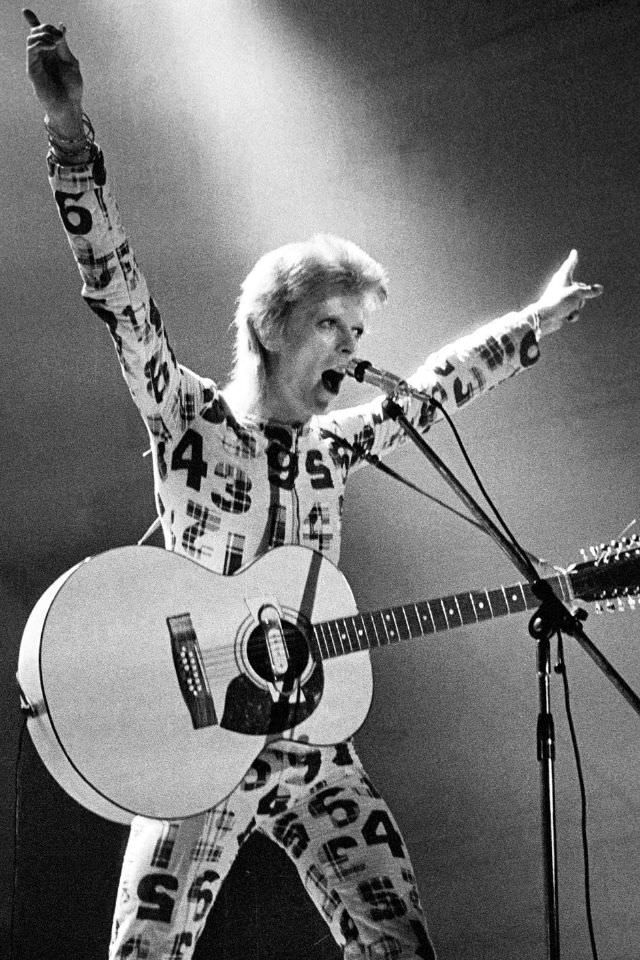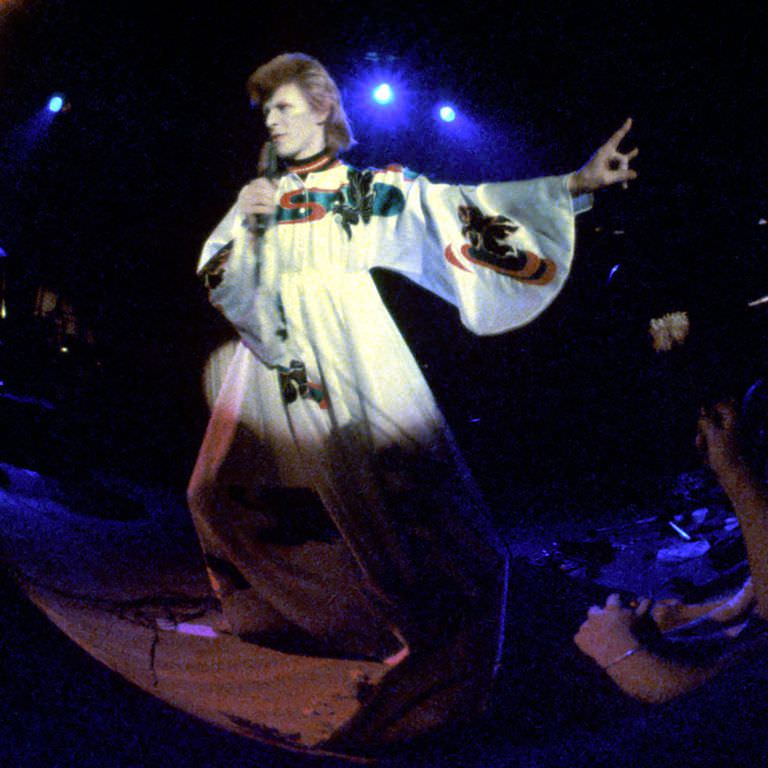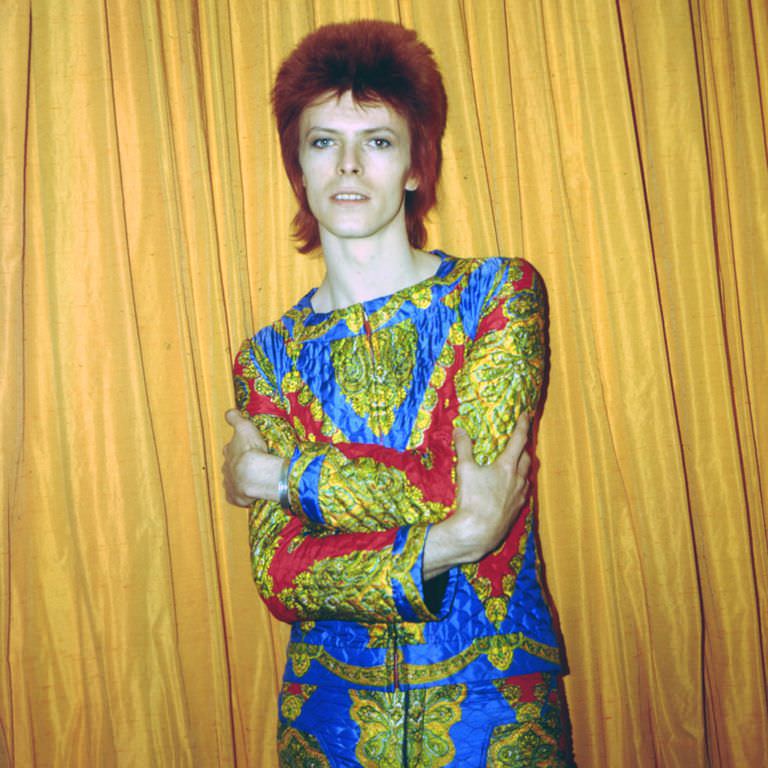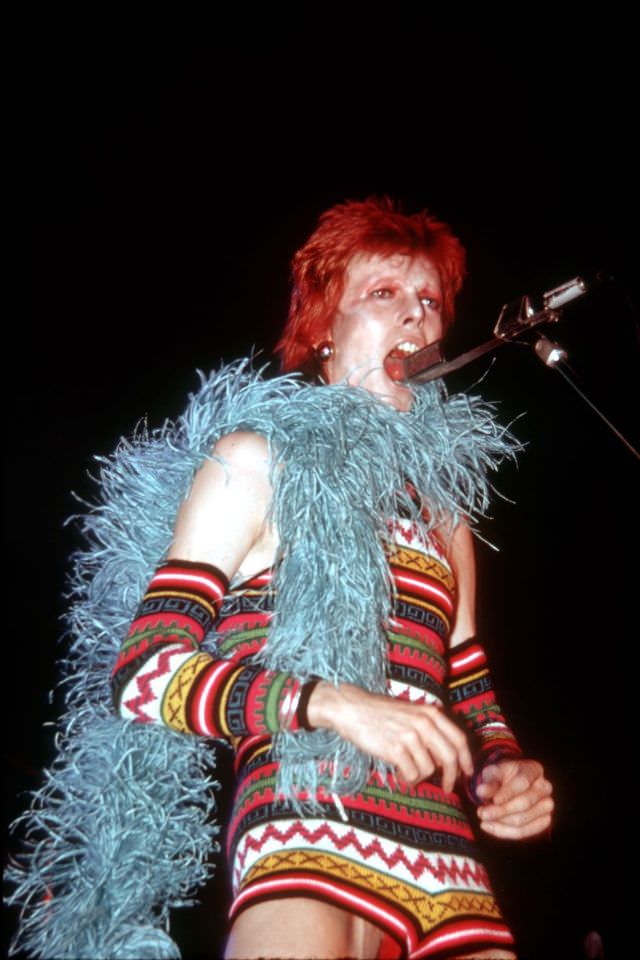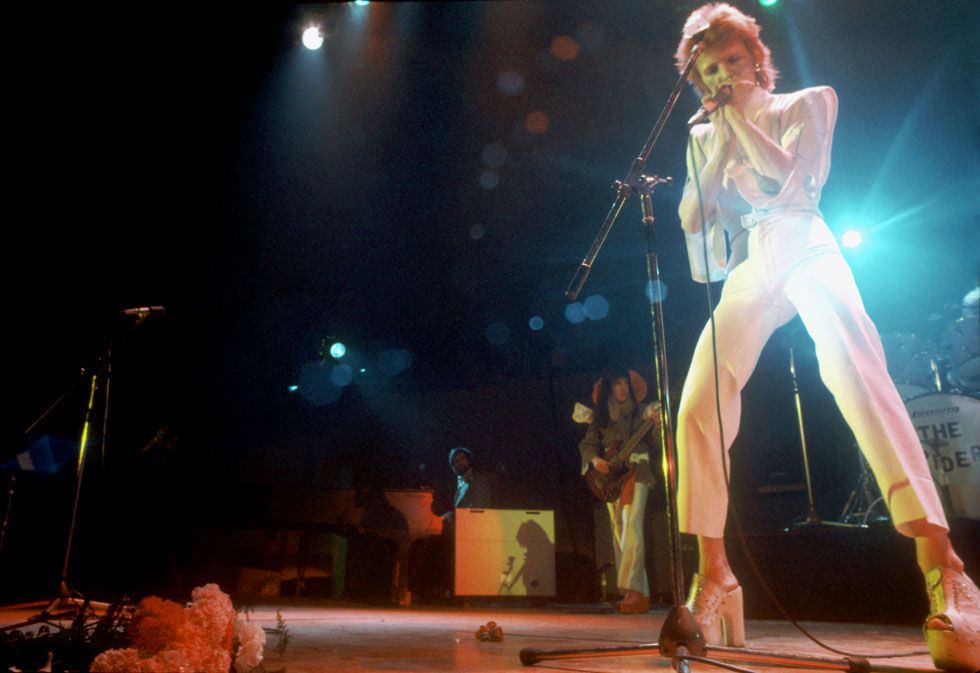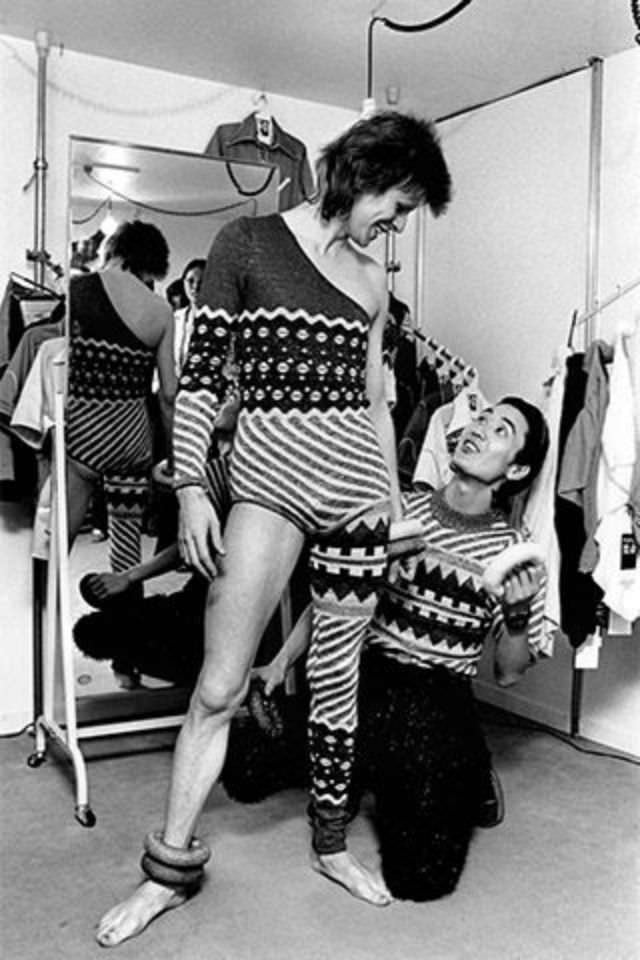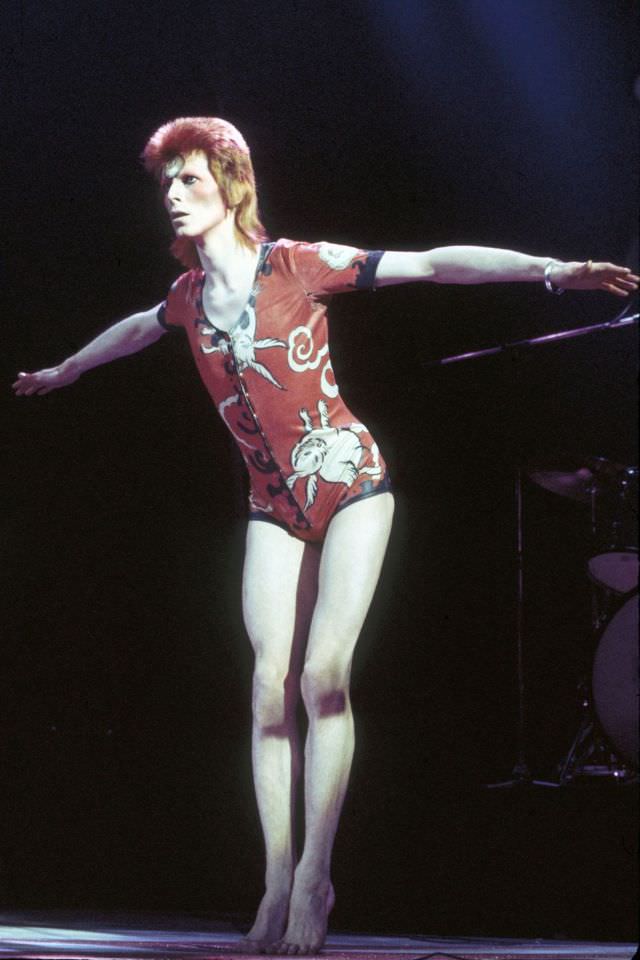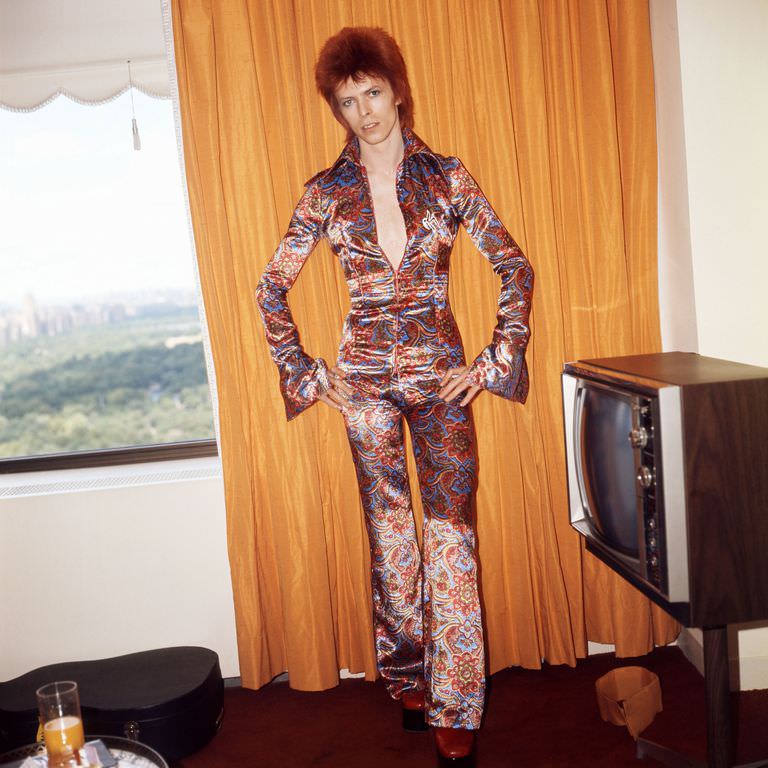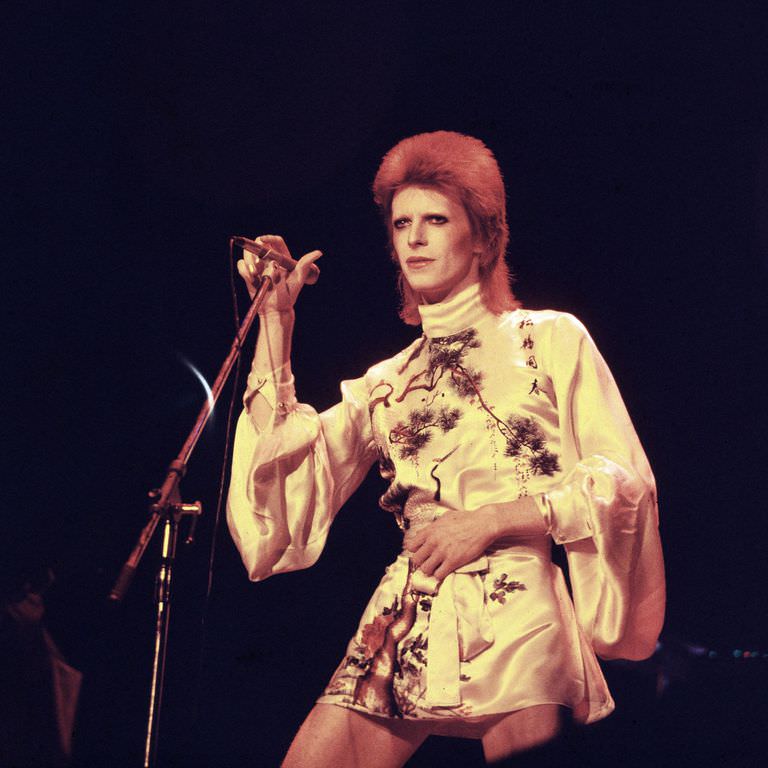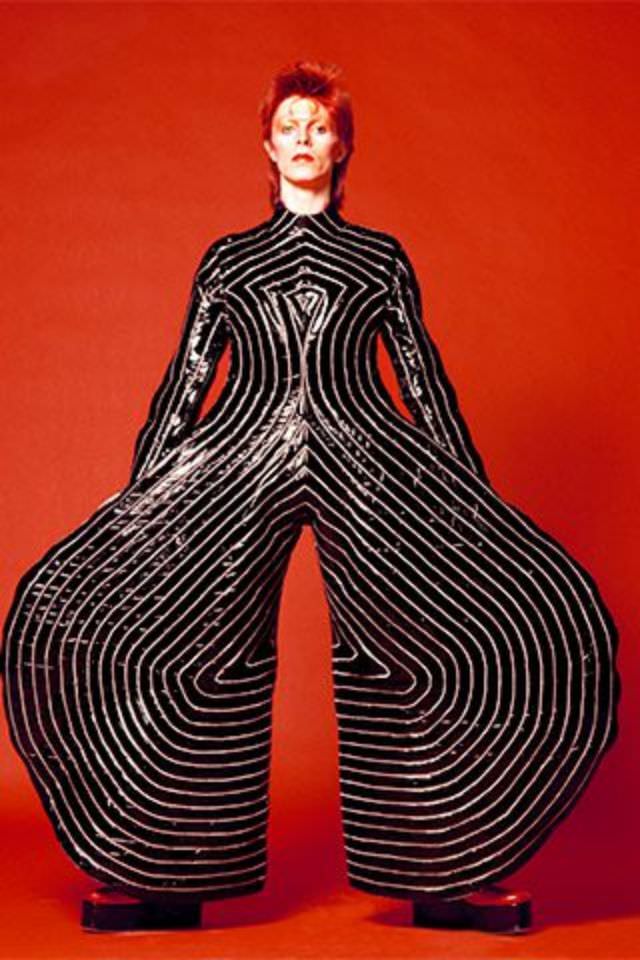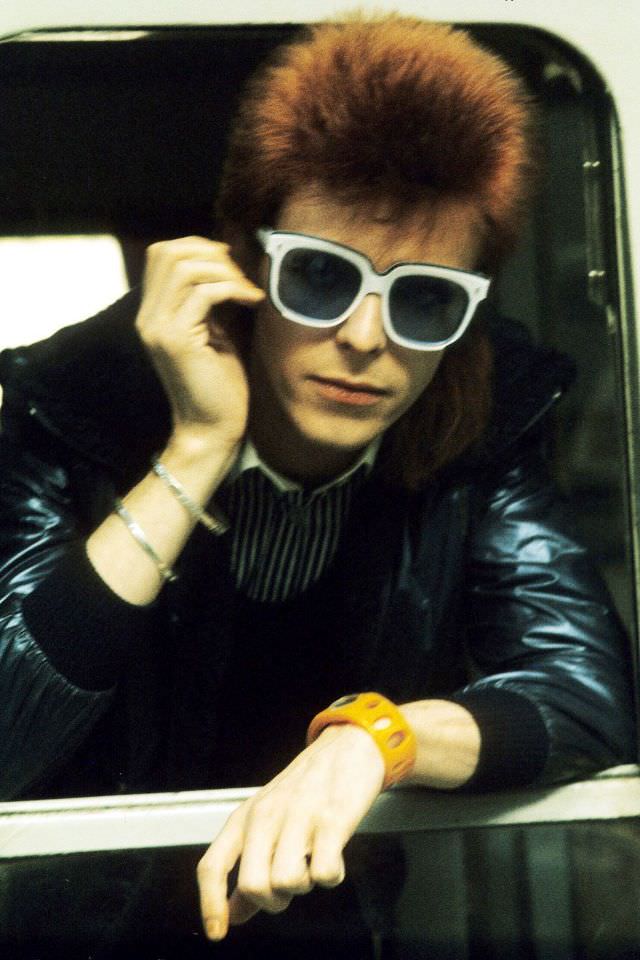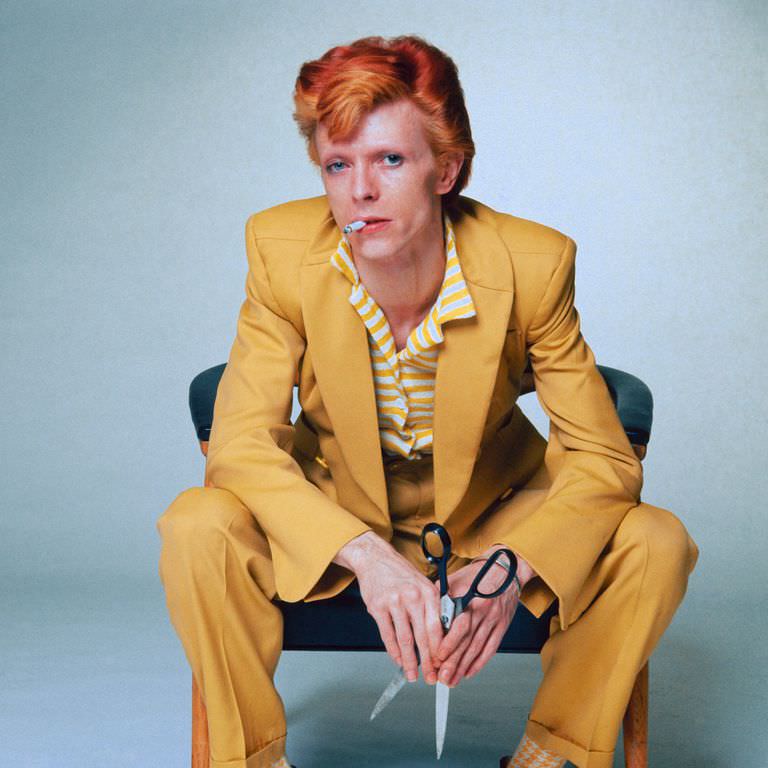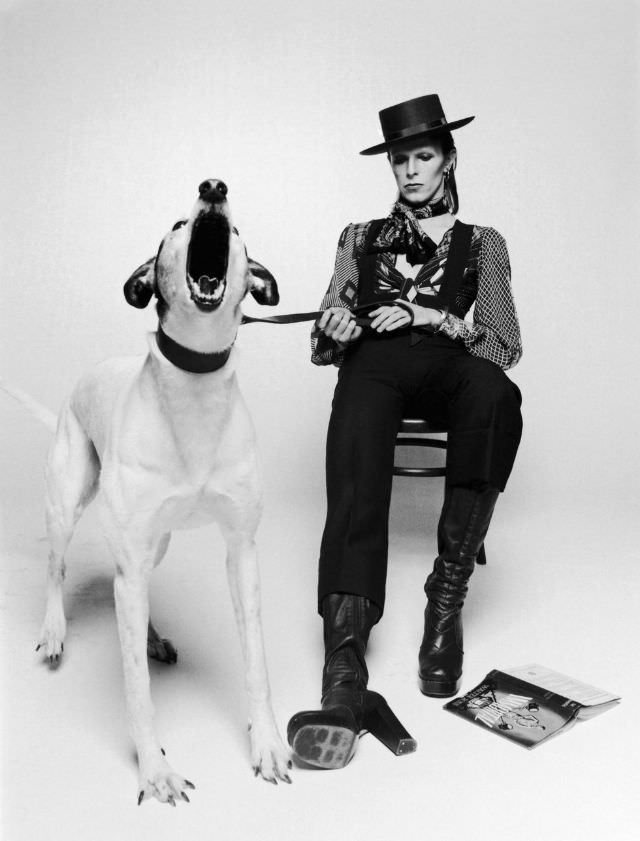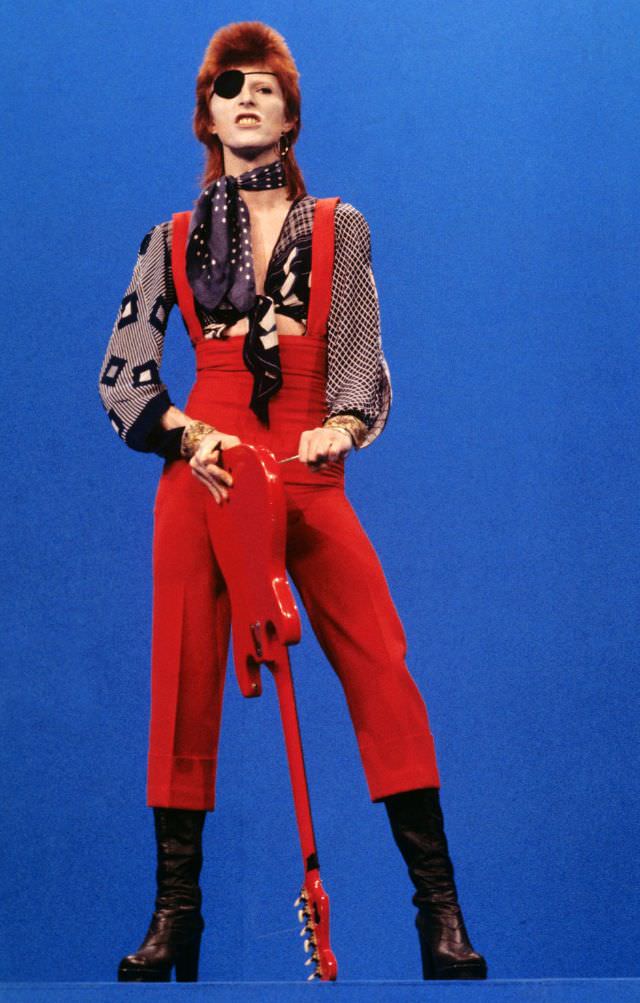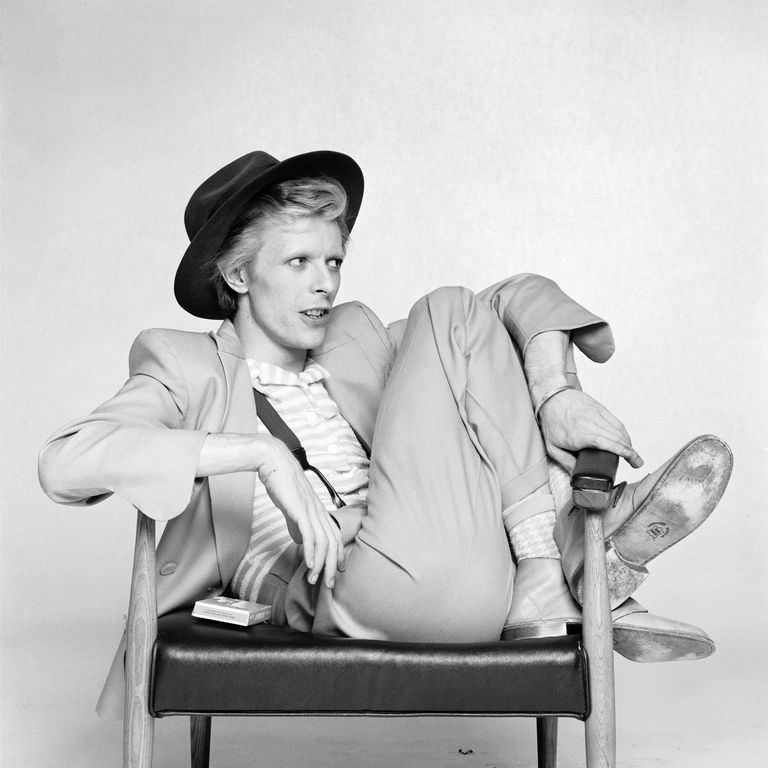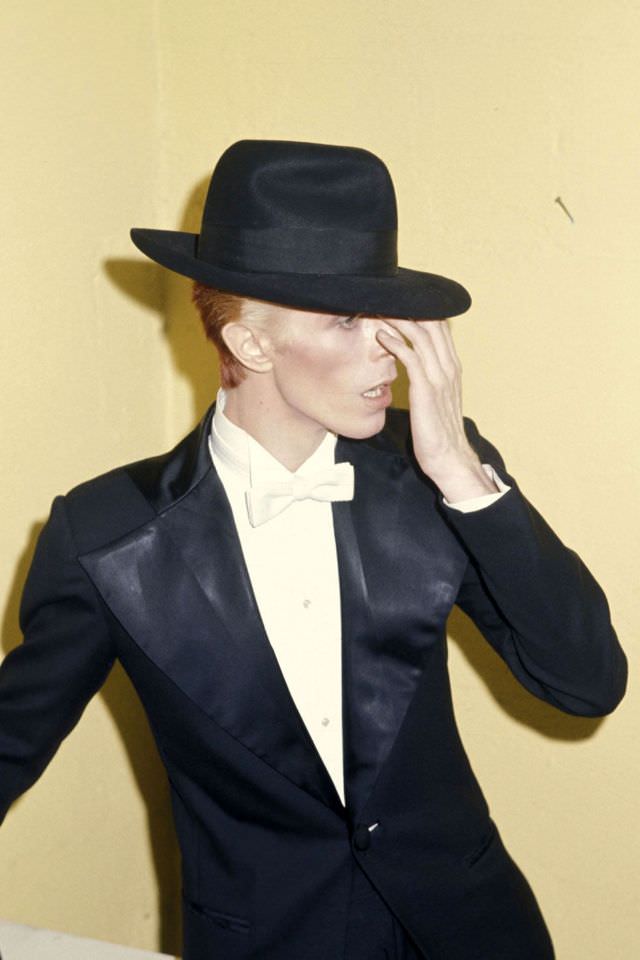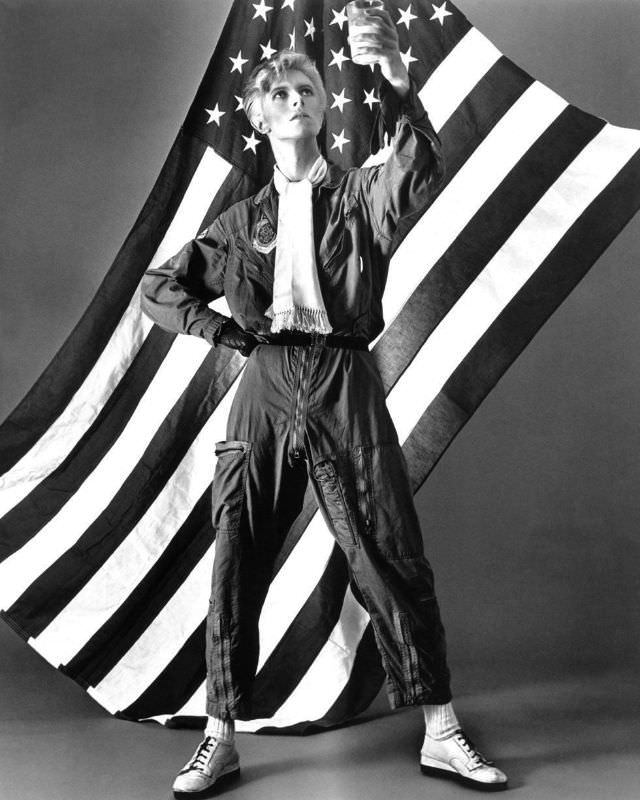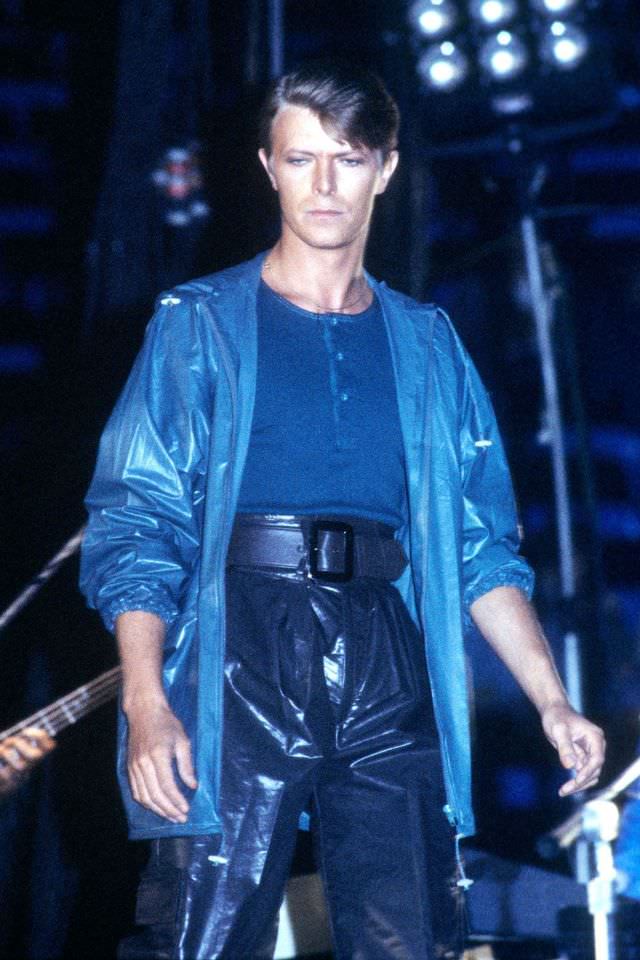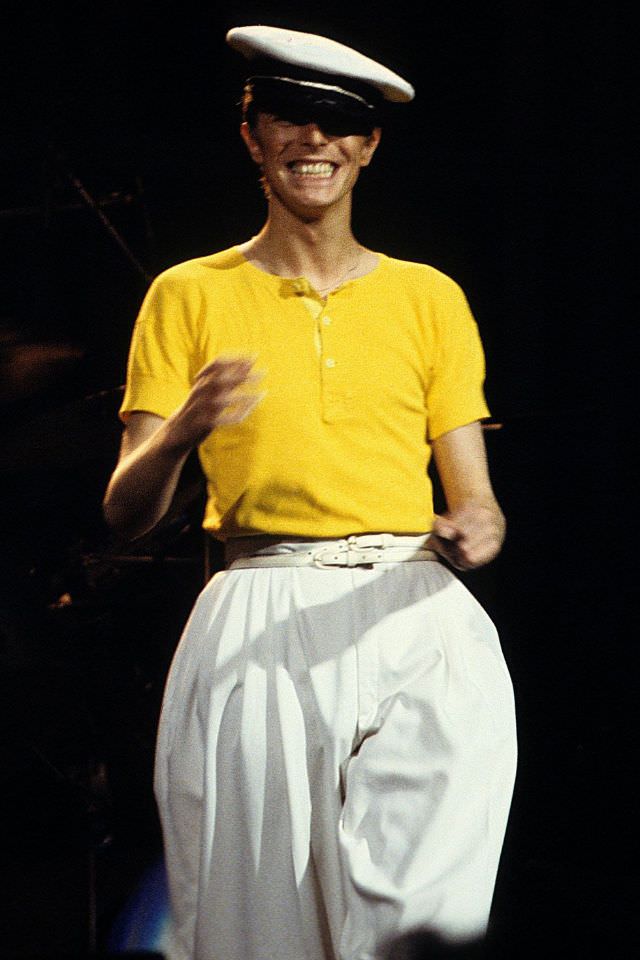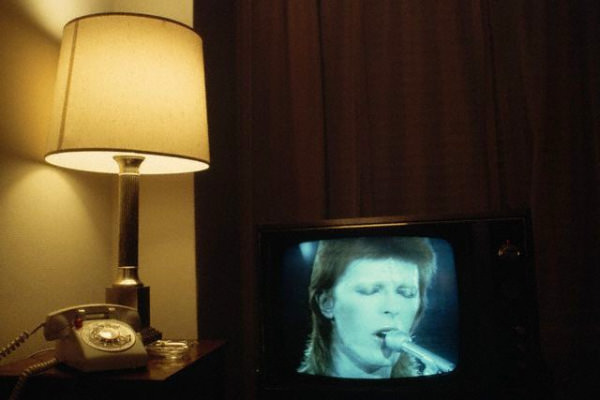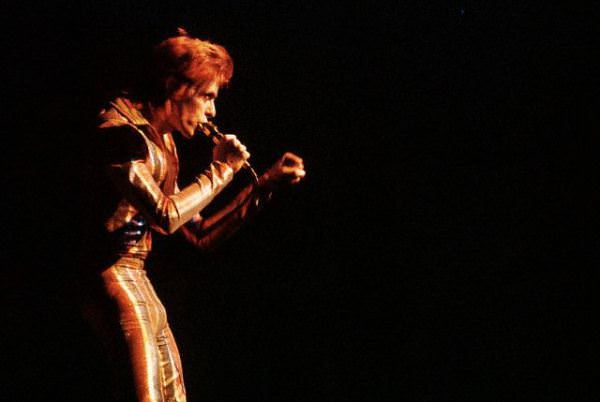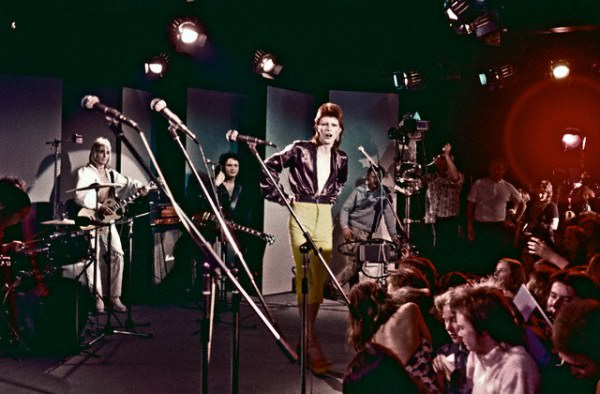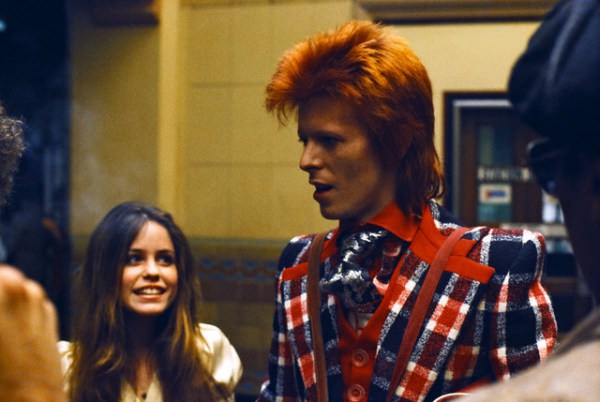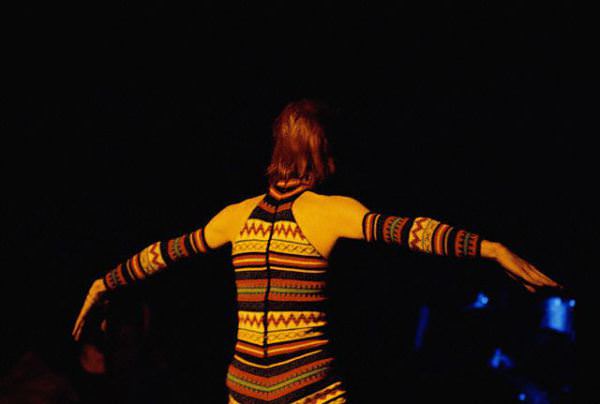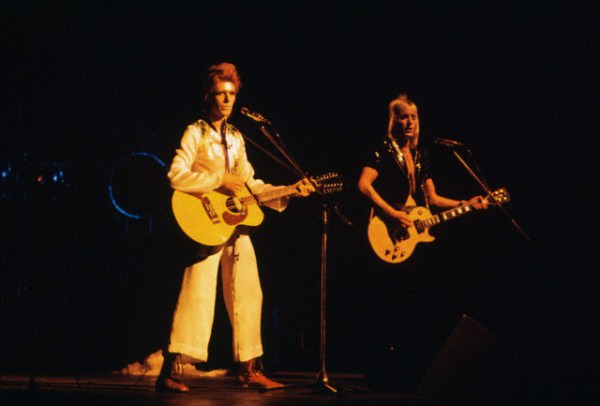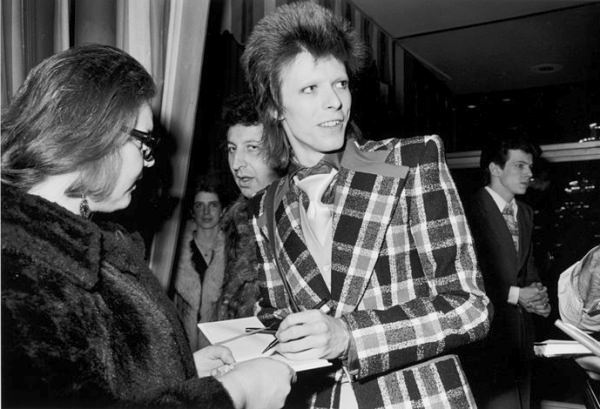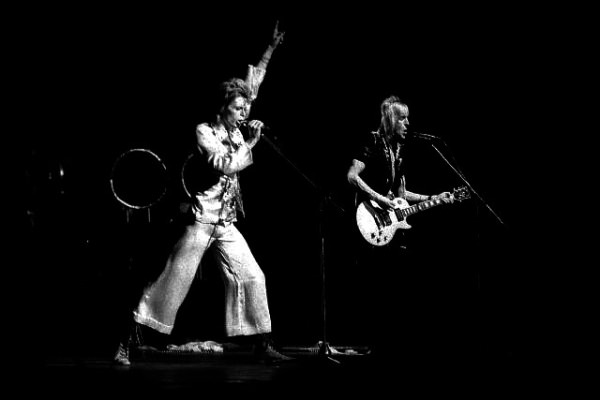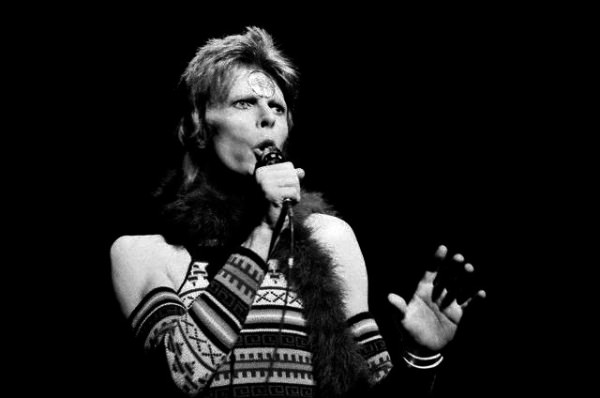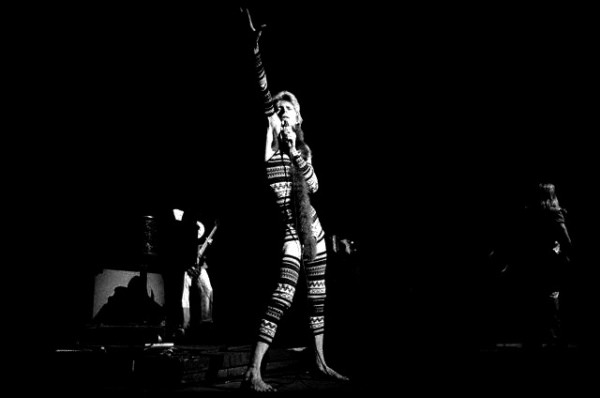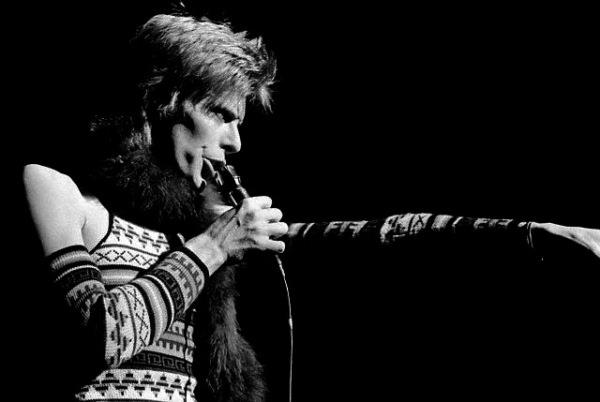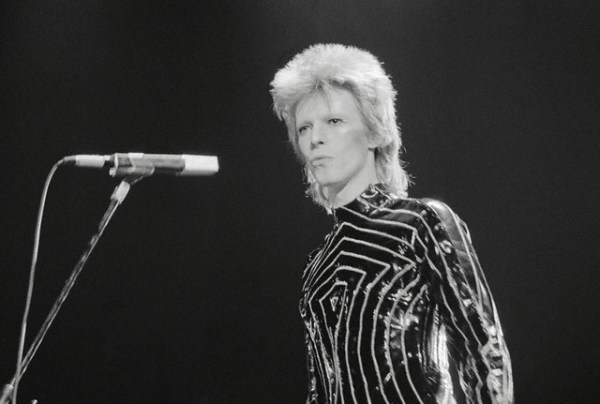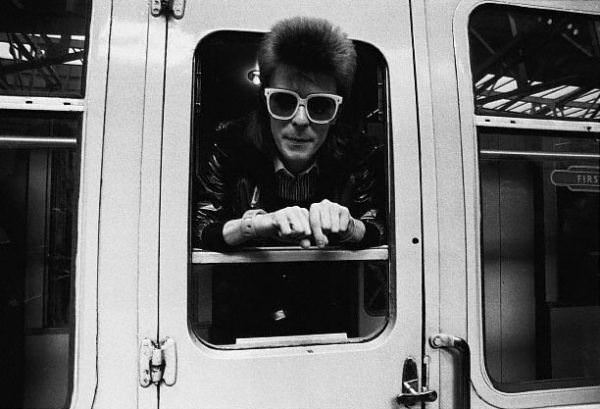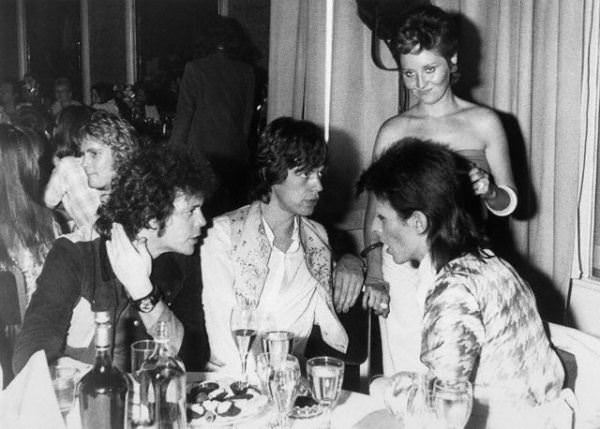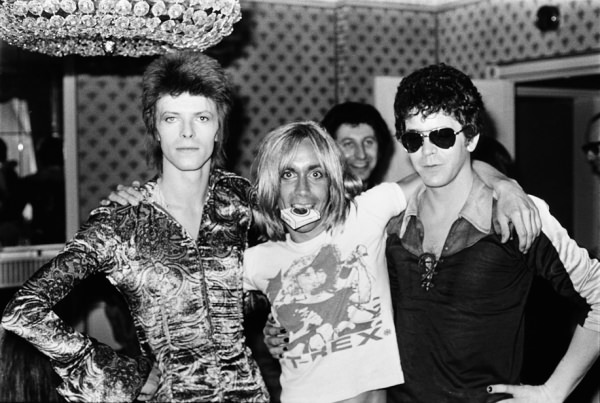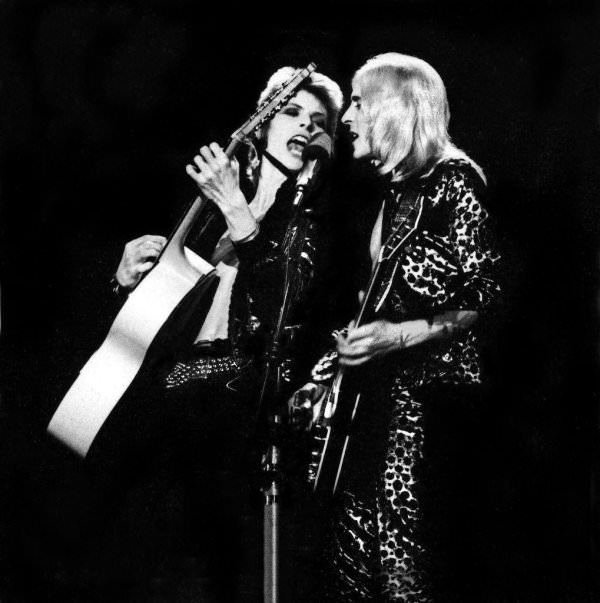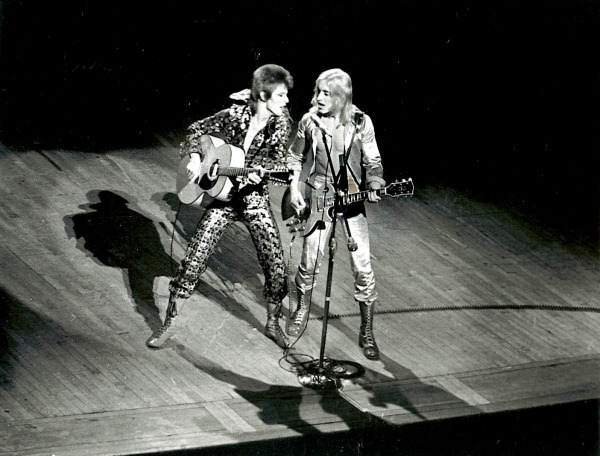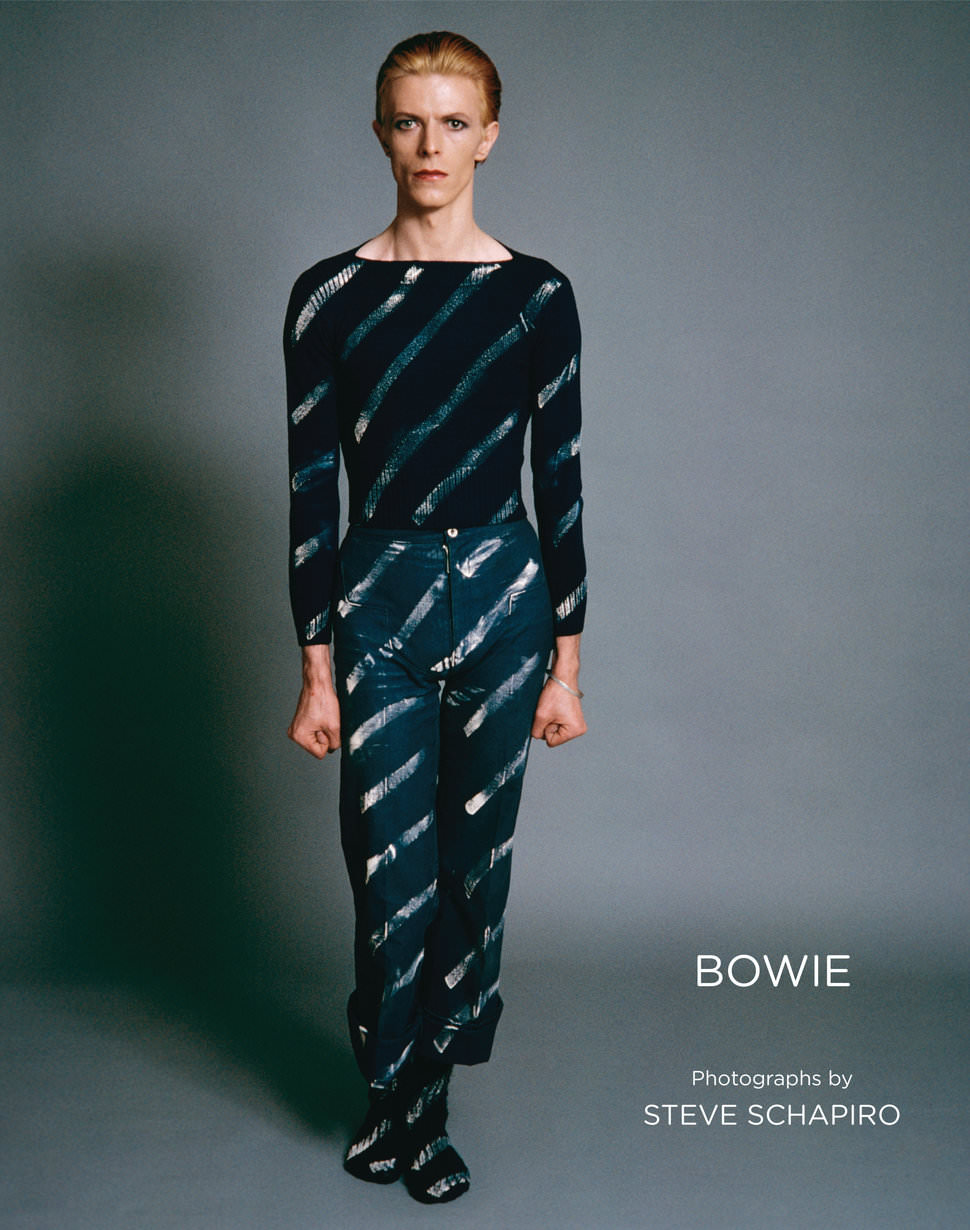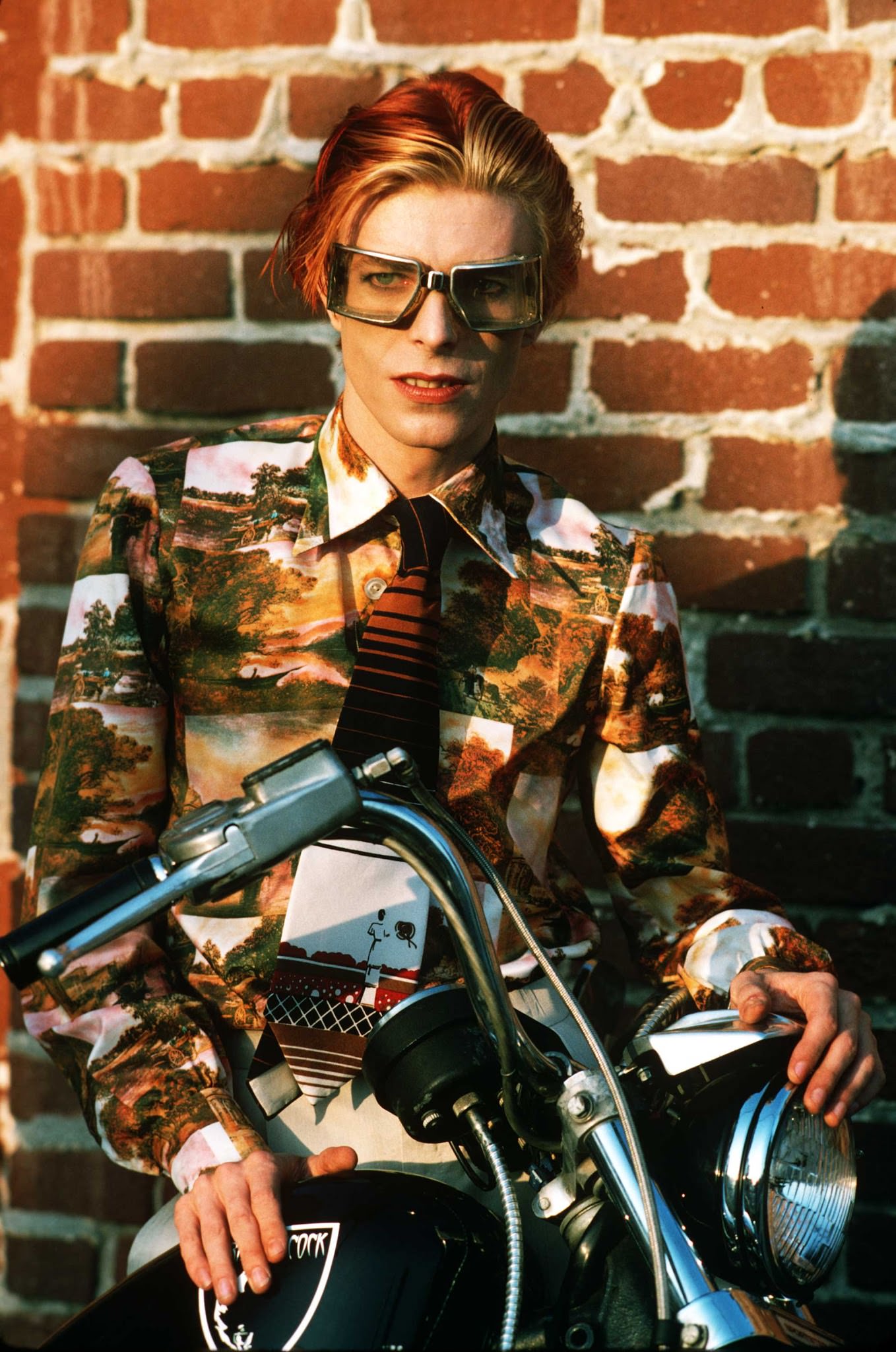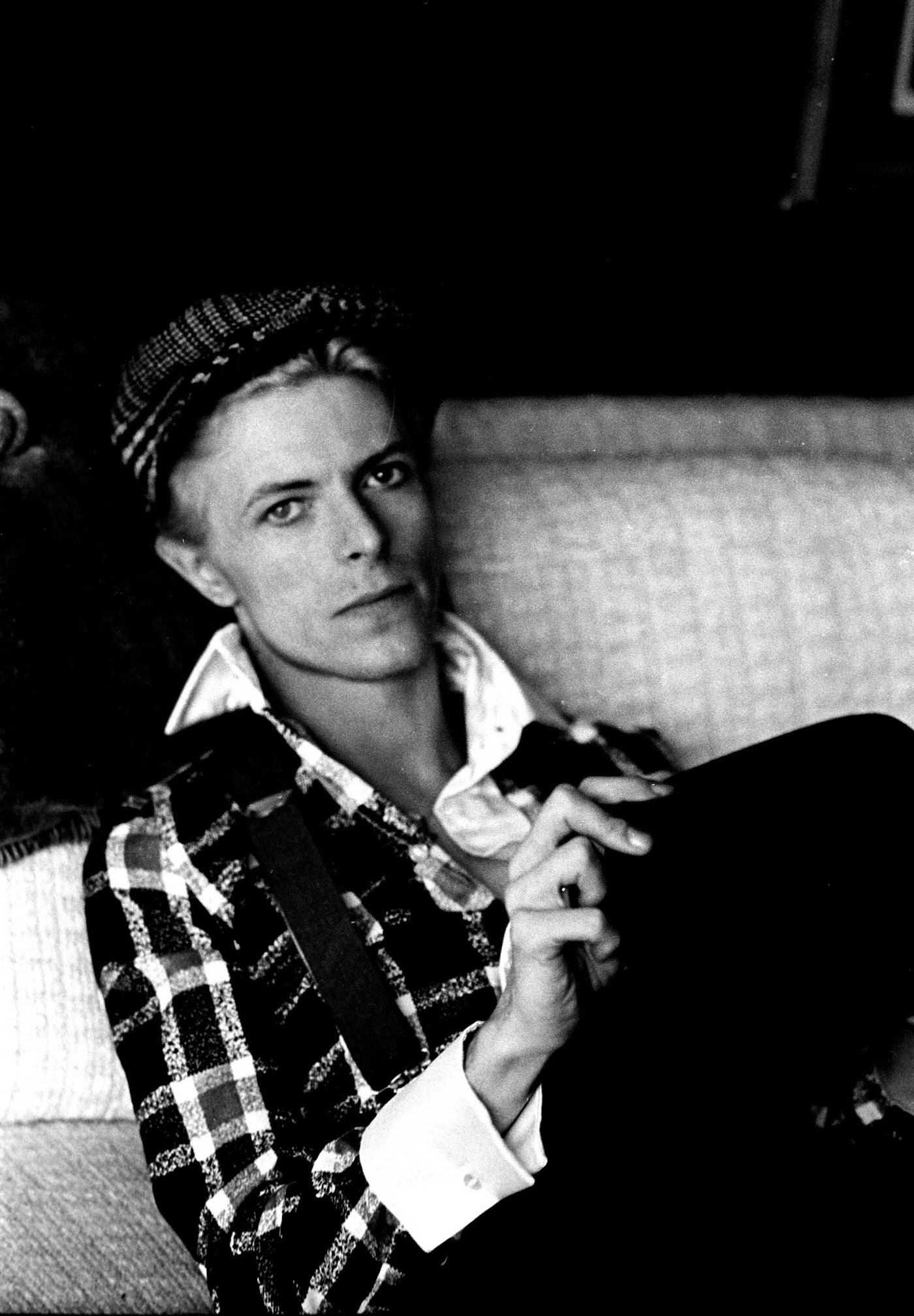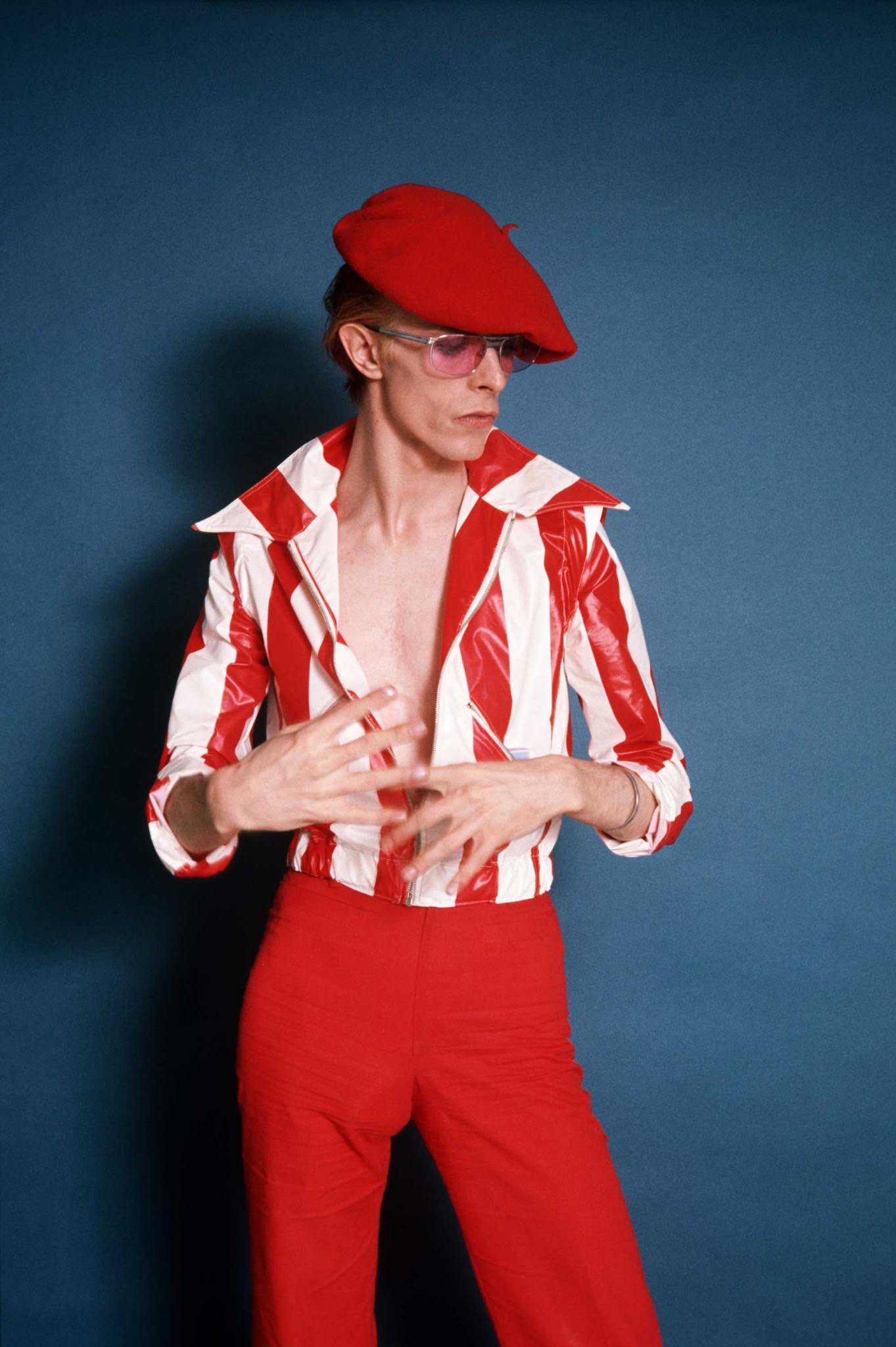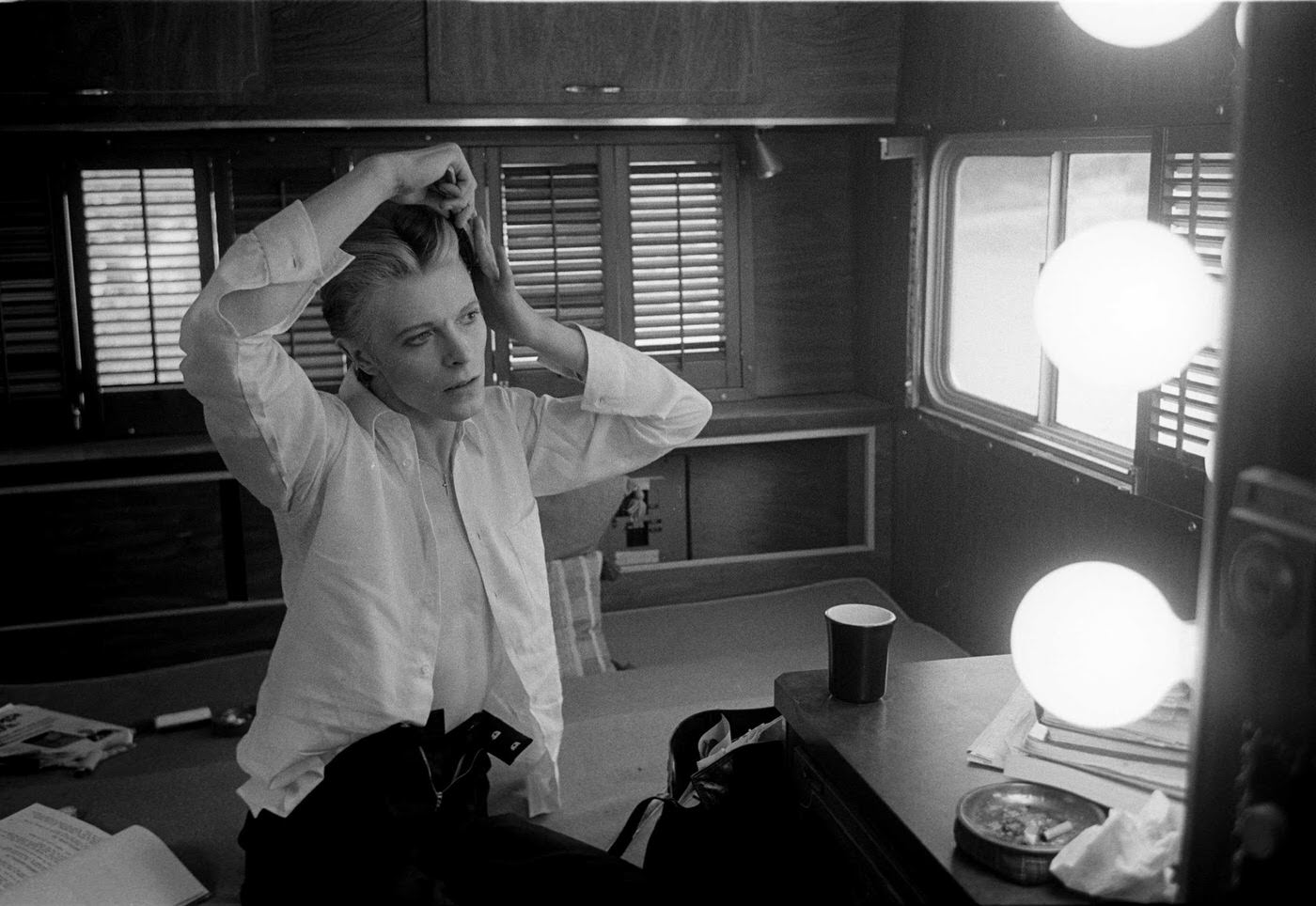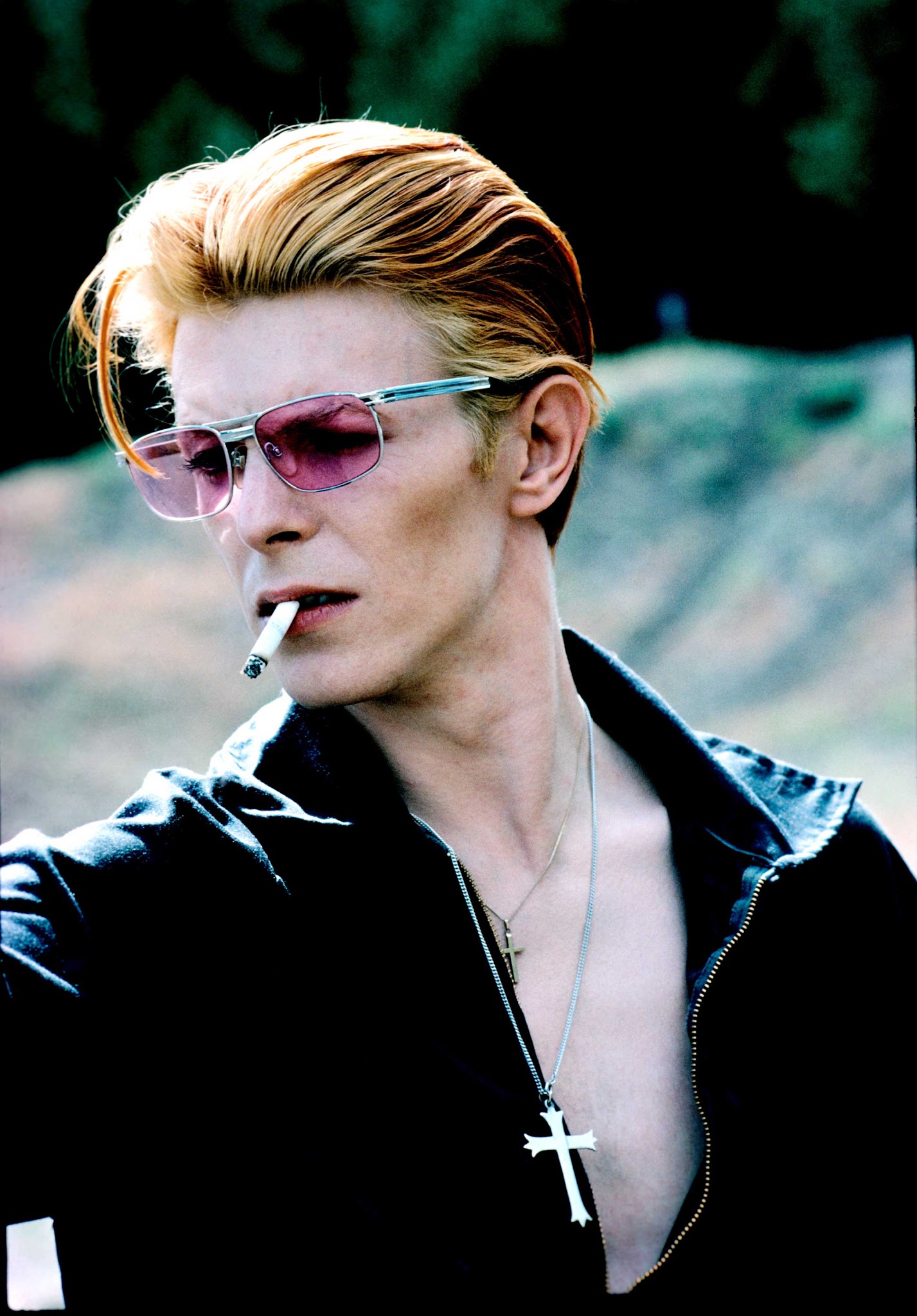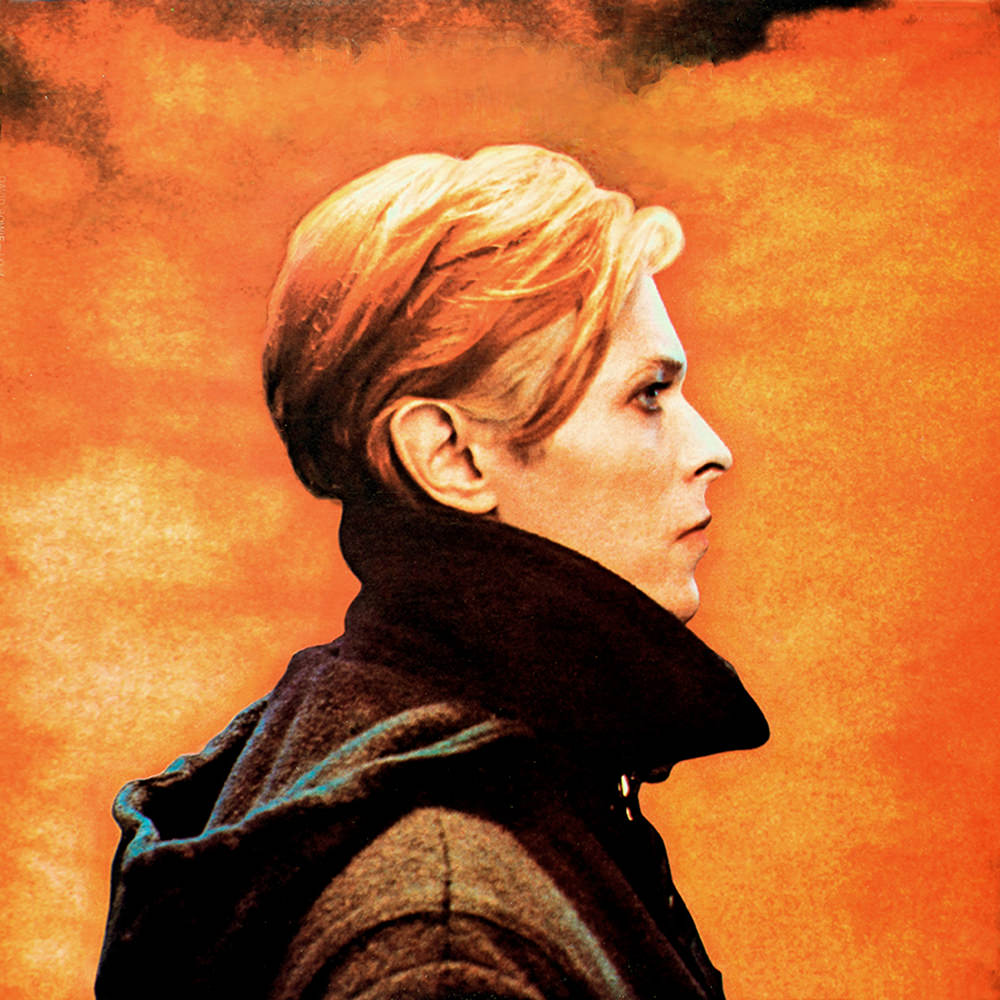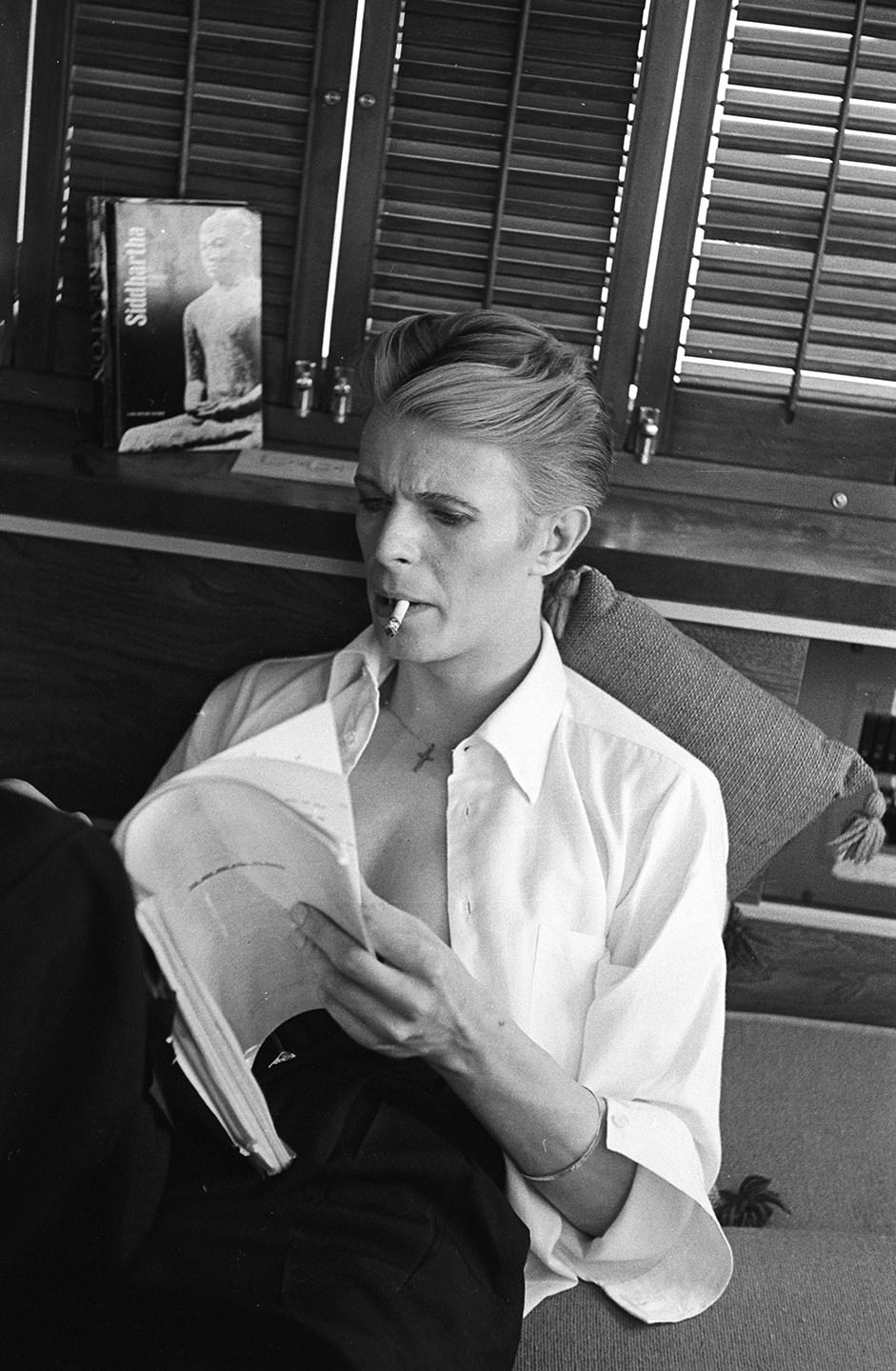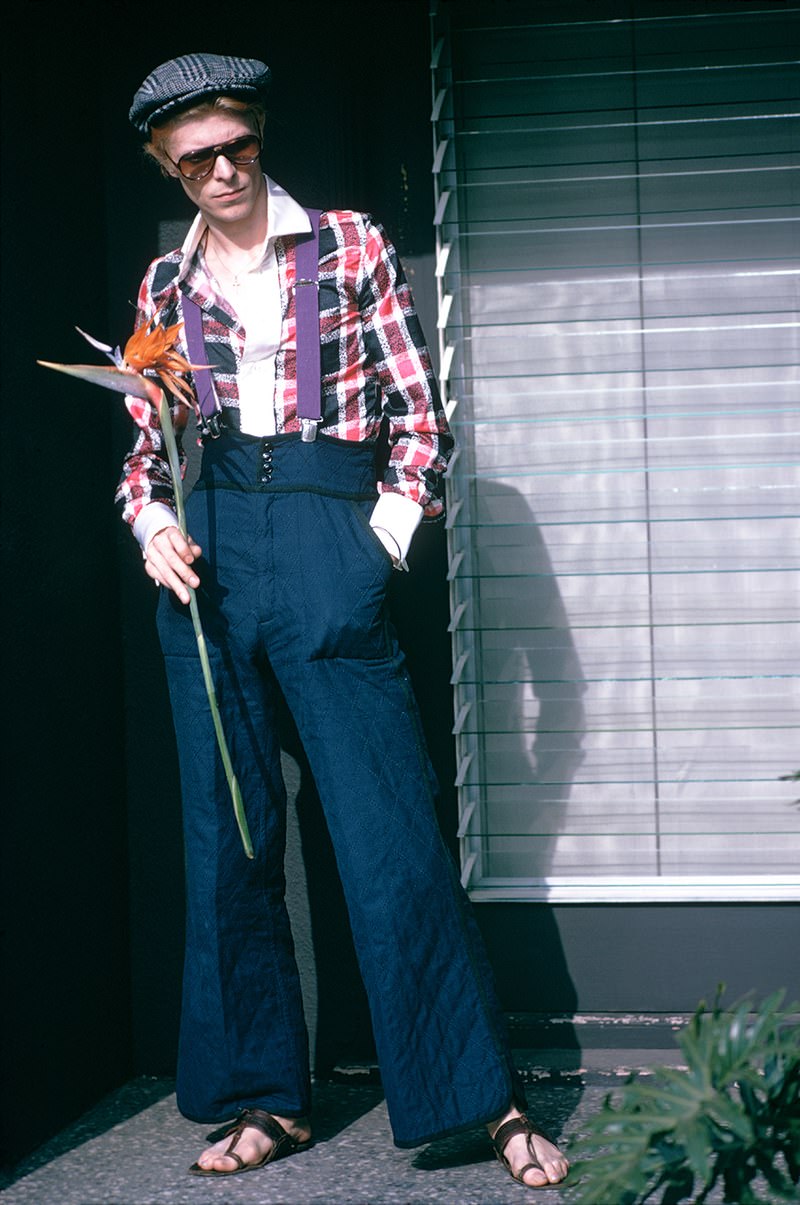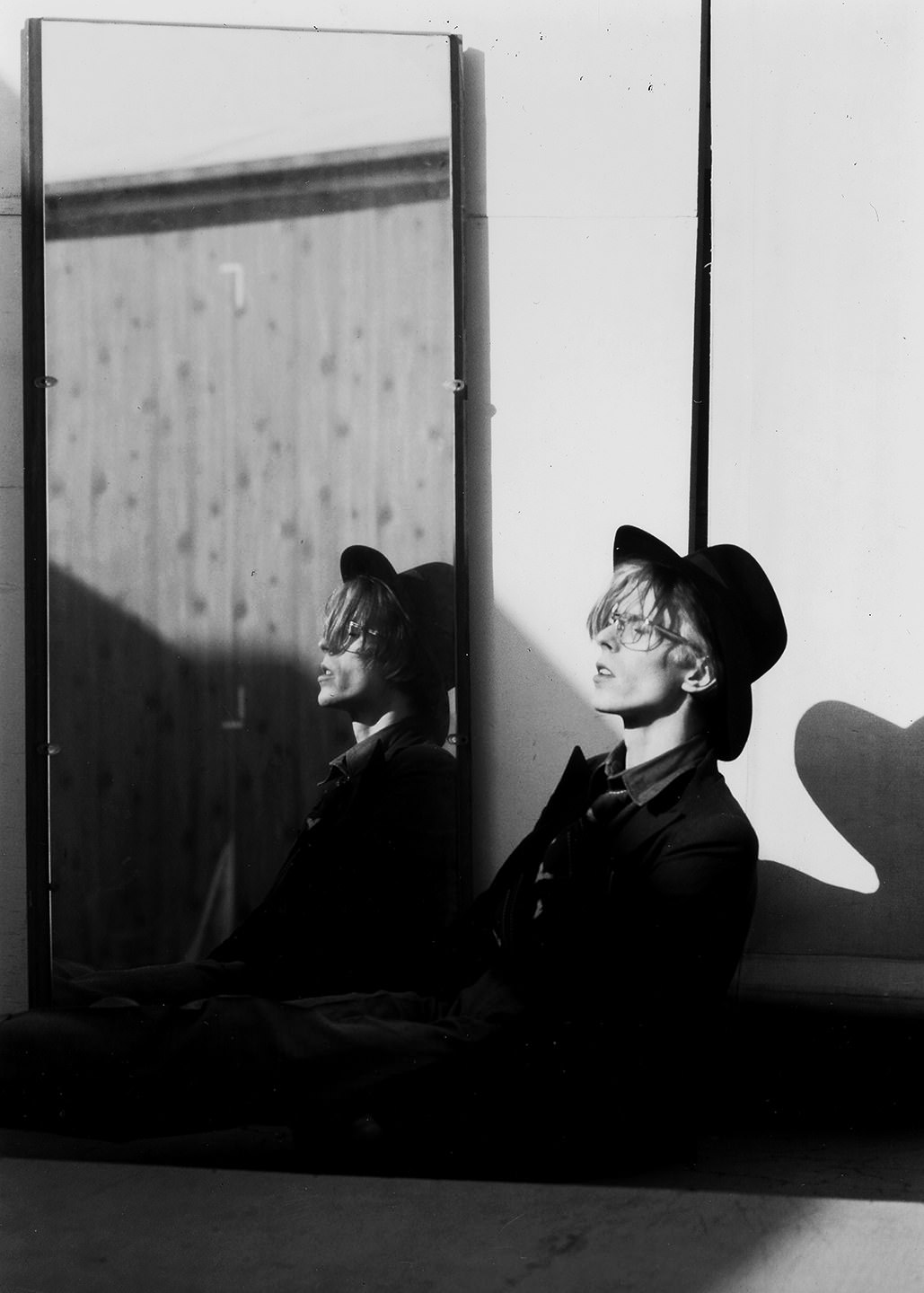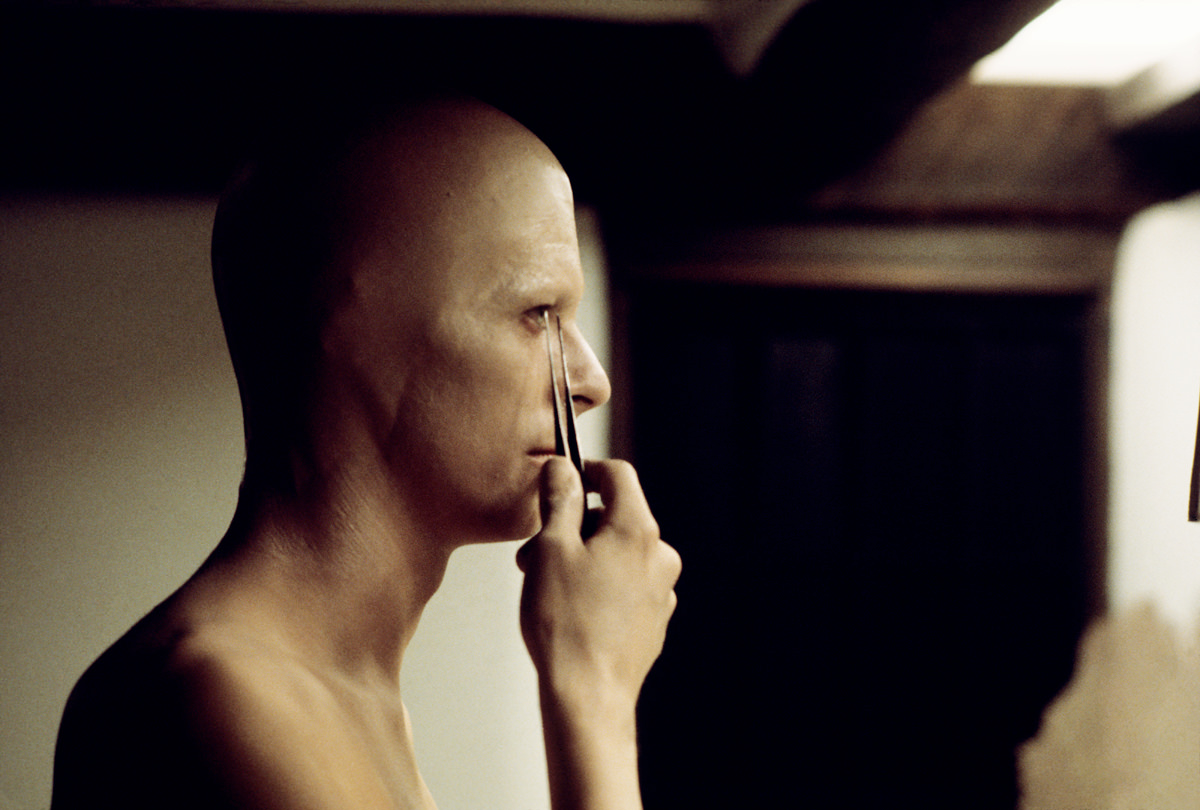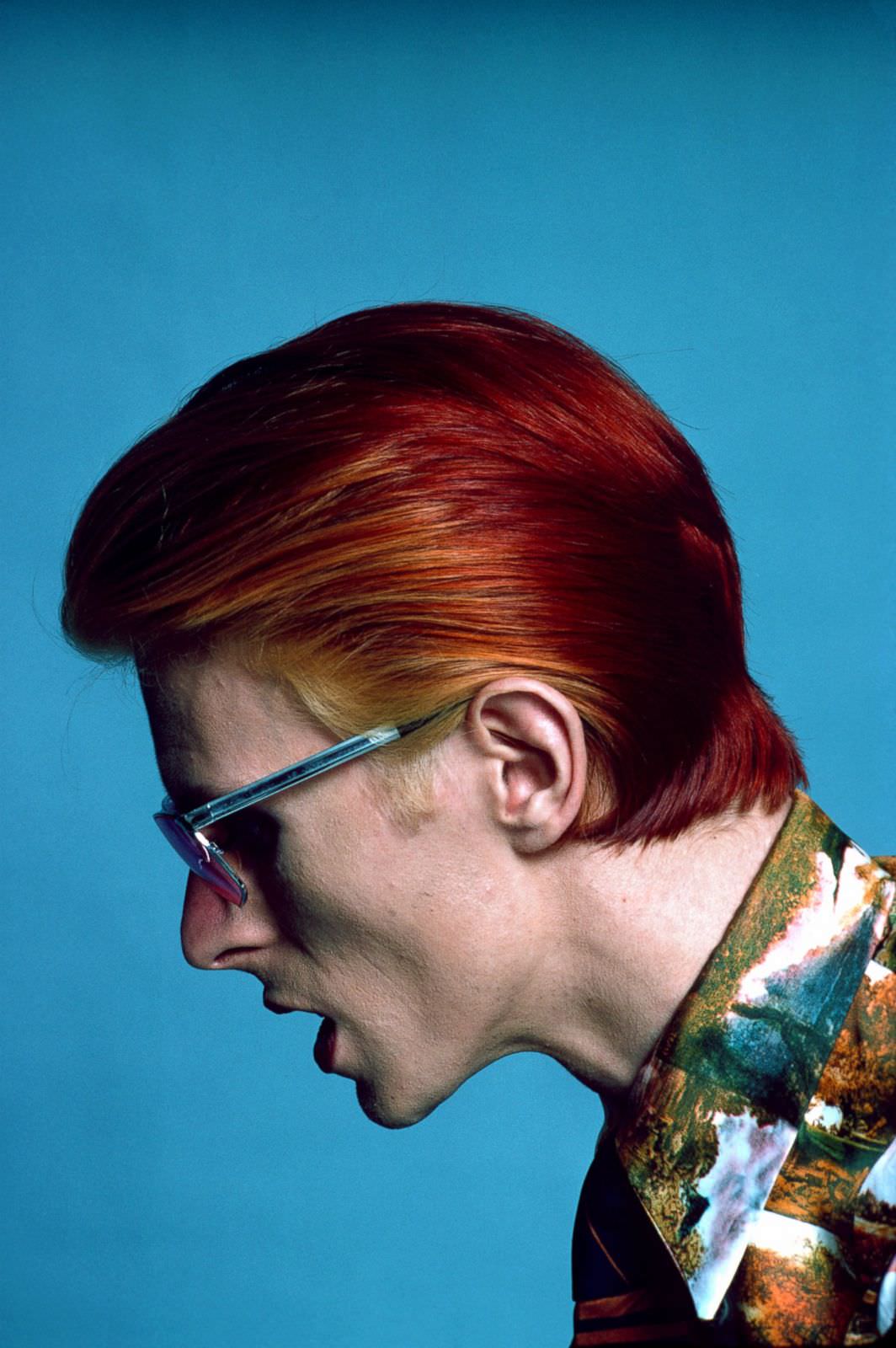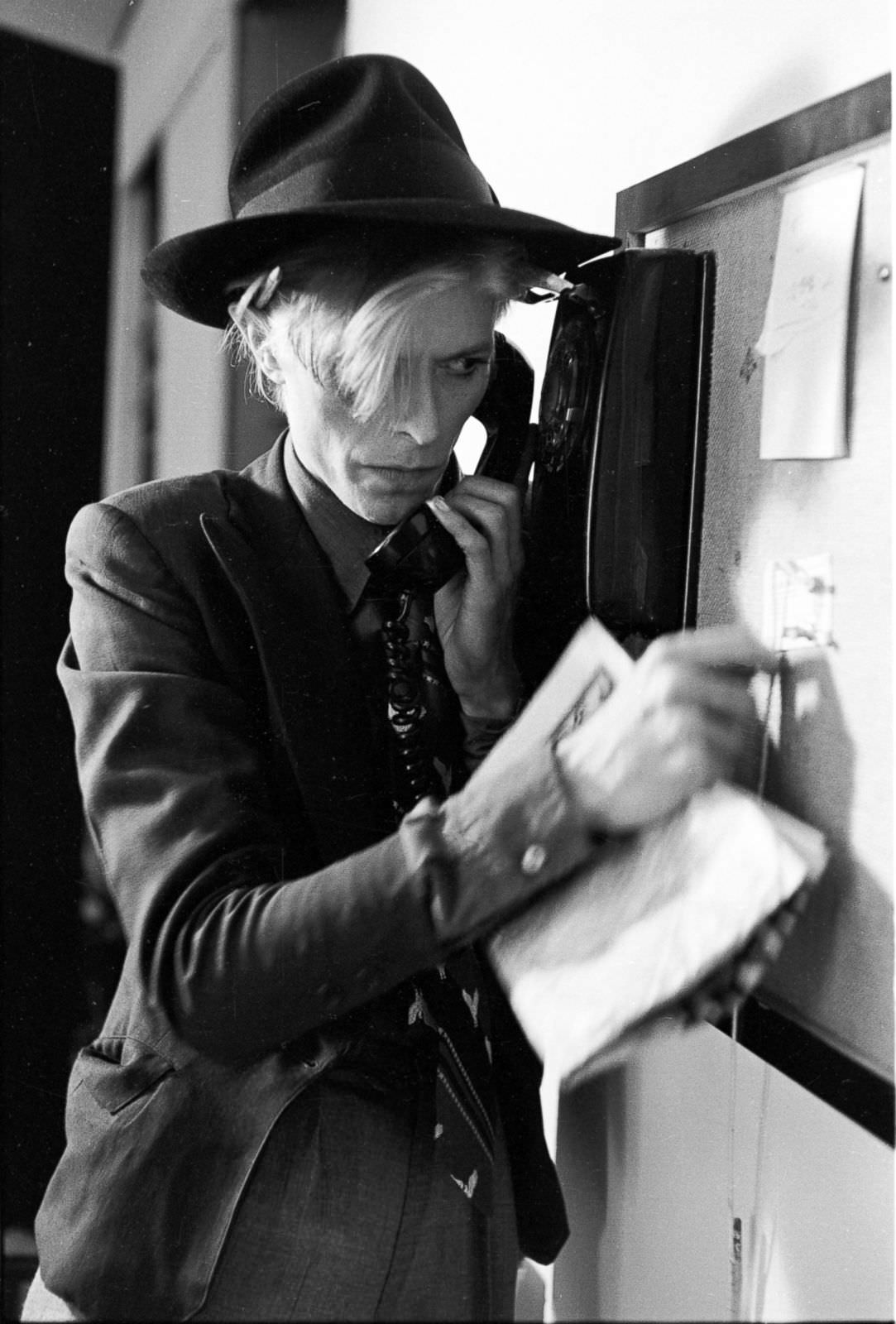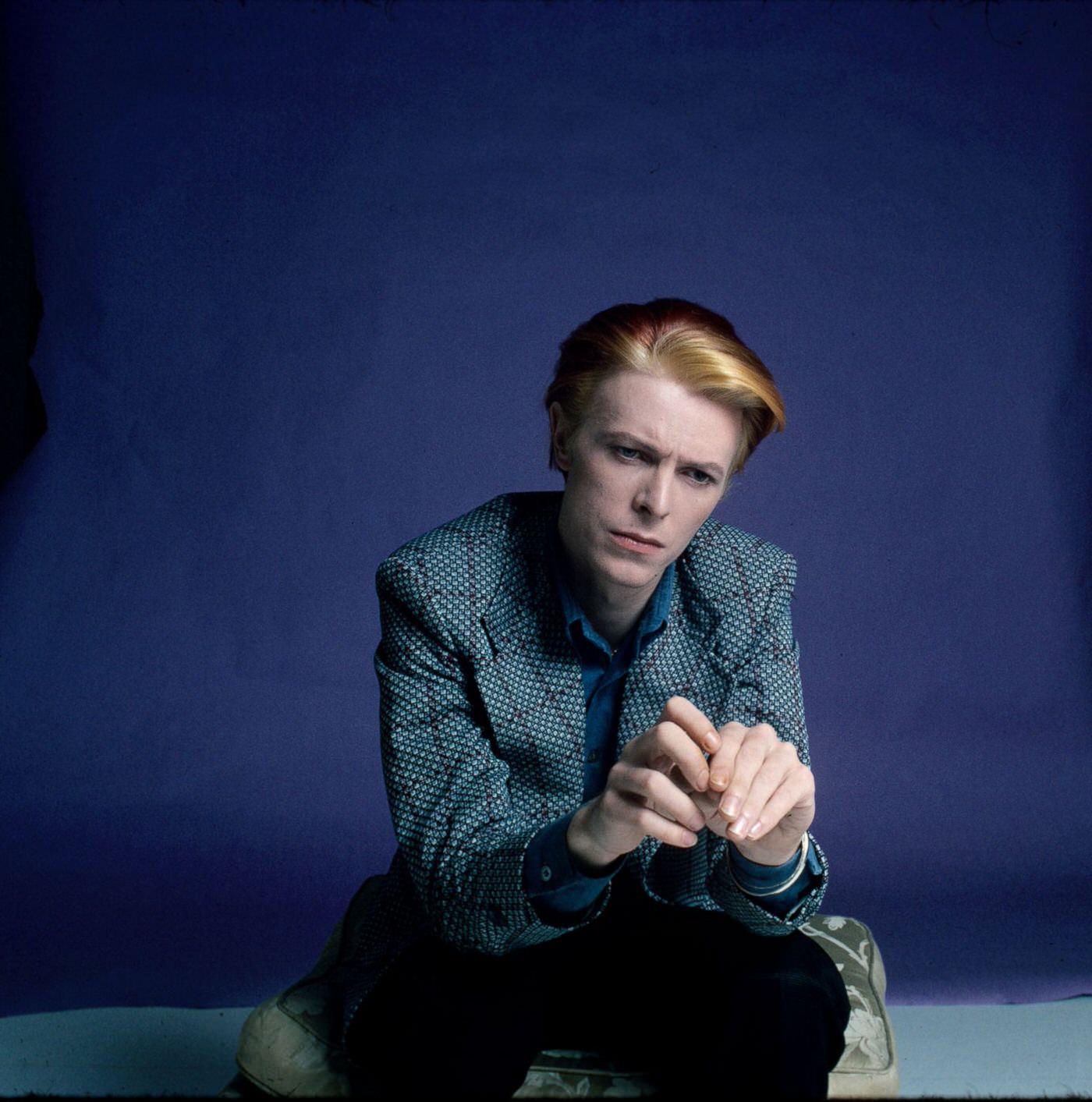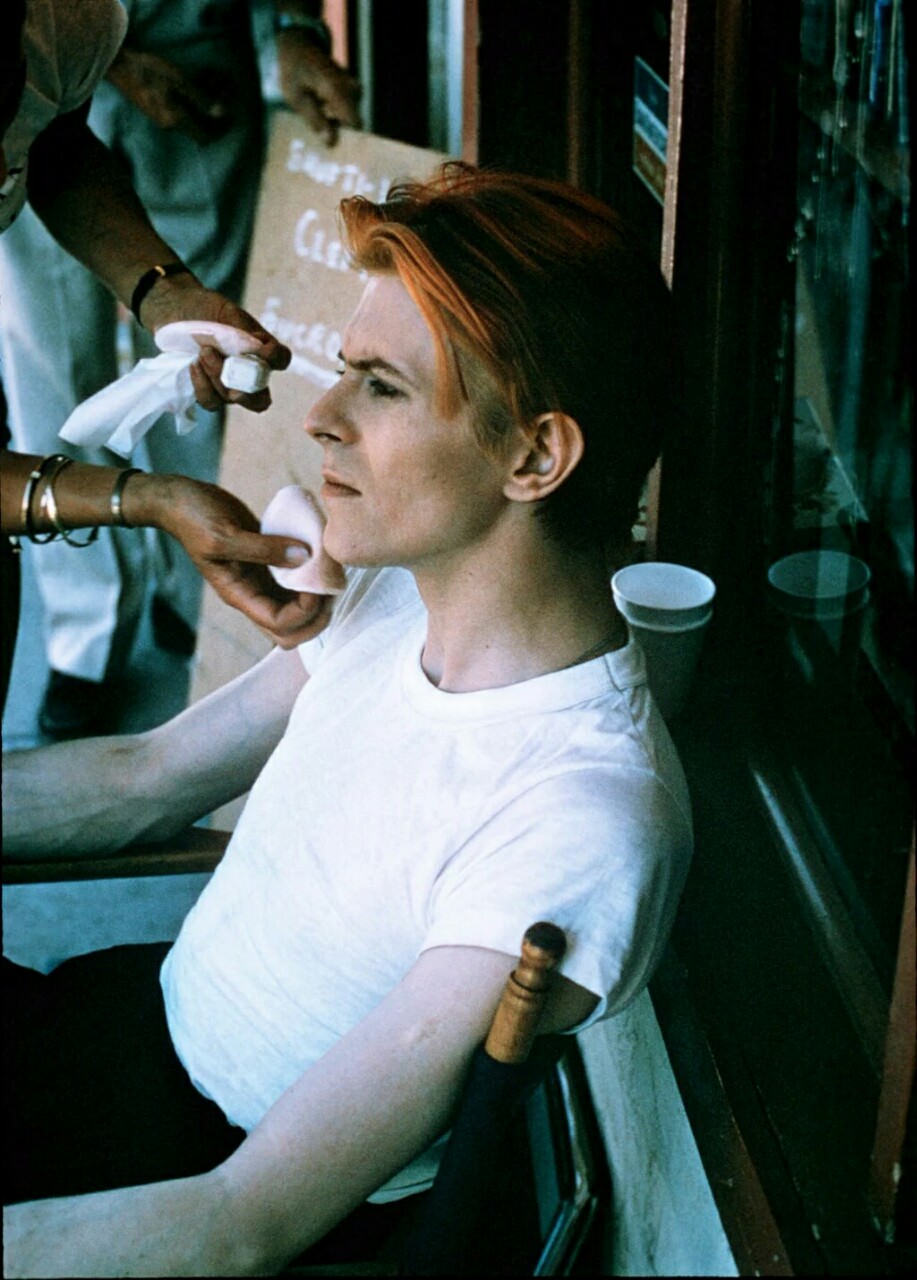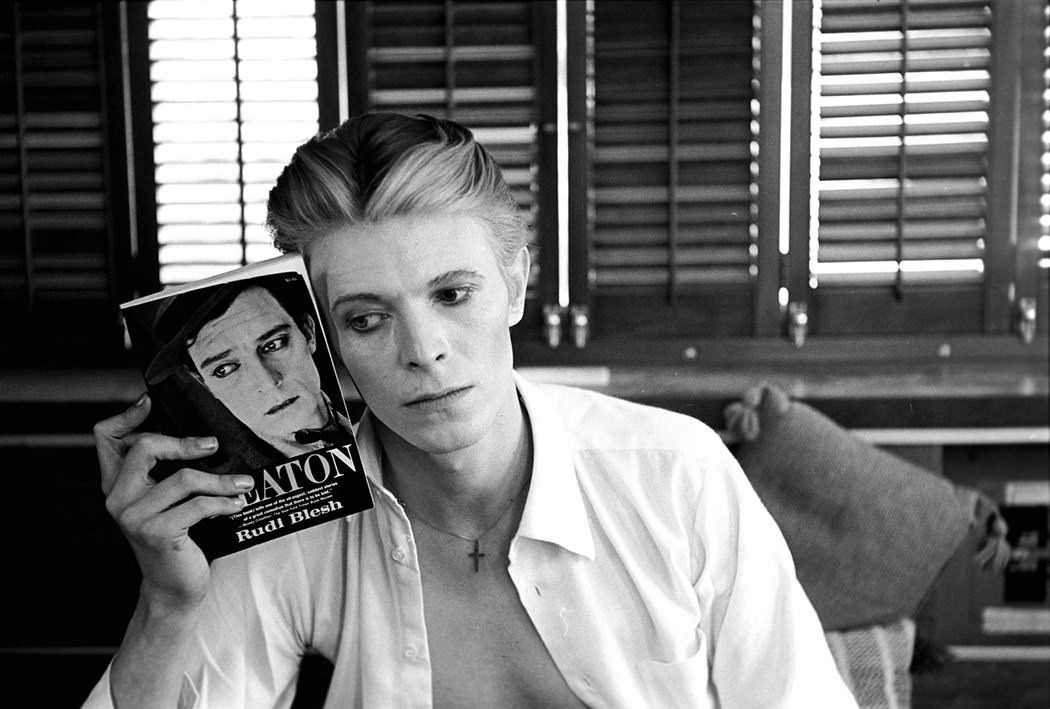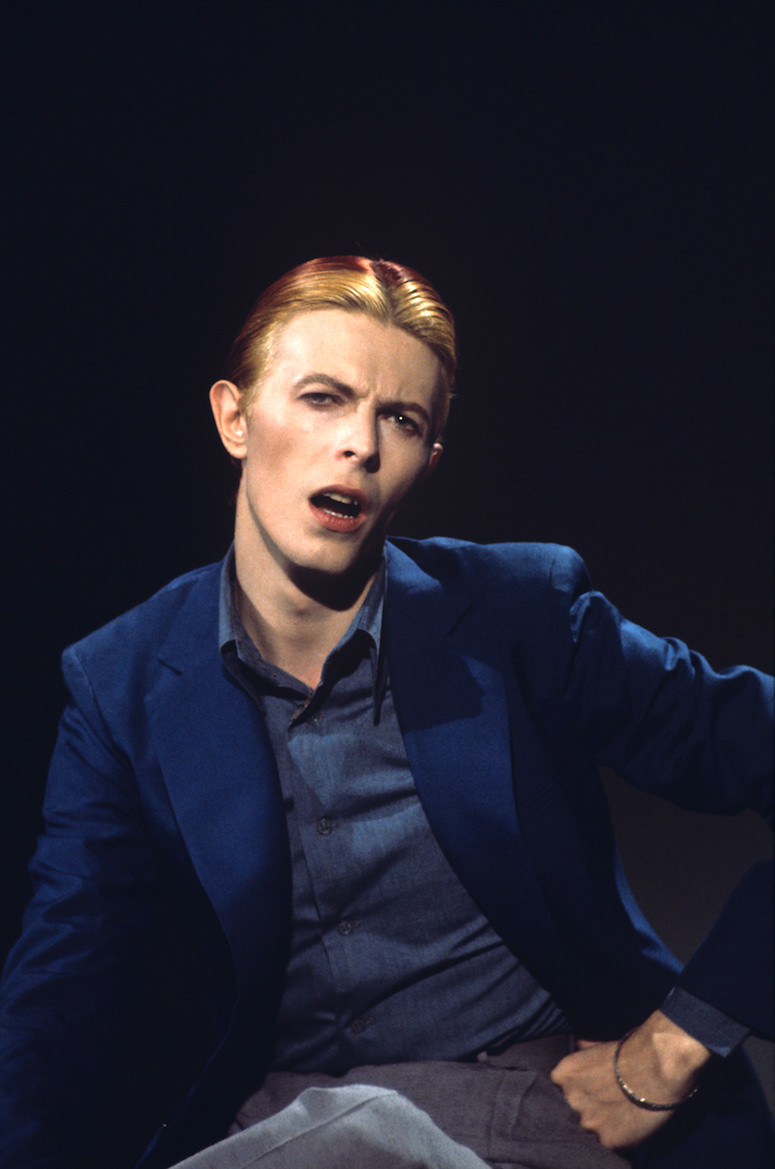David Bowie was a highly creative and influential English musician, known for constantly changing his style and exploring new artistic territory. The 1970s proved to be an exceptionally dynamic and transformative decade for him. Throughout these ten years, Bowie shifted his musical direction multiple times, adopted striking stage personas, and produced a remarkable body of work that kept listeners engaged and often surprised.
Shifting Sounds (1970-1971)
As the 1970s dawned, Bowie was moving beyond the folk-influenced and psychedelic sounds of his late 1960s music. His 1970 album, ‘The Man Who Sold the World’, showcased a heavier, harder rock sound. This was quickly followed in 1971 by ‘Hunky Dory’, an album praised for its melodic invention and art-pop sensibilities. It featured songs like “Changes” and the sweeping “Life on Mars?”, which gave hints of the dramatic flair and thoughtful lyrics that would become his hallmarks.
Read more
Ziggy Stardust Arrives (1972-1973)
Bowie achieved international superstardom in 1972 with the introduction of his Ziggy Stardust character. Ziggy was conceived as an androgynous alien rock star messenger. Bowie fully inhabited this persona, dyeing his hair a vibrant red-orange, wearing futuristic costumes often designed by Kansai Yamamoto, and applying dramatic makeup. The accompanying album, ‘The Rise and Fall of Ziggy Stardust and the Spiders from Mars’, released in 1972, became a landmark of the glam rock era. It told a loose story about Ziggy and featured iconic tracks such as “Starman,” “Moonage Daydream,” “Suffragette City,” and the title song. His backing band, The Spiders from Mars – featuring Mick Ronson on guitar, Trevor Bolder on bass, and Mick Woodmansey on drums – provided the powerful, driving sound for the album and electrifying live concerts. After riding a wave of immense popularity, Bowie stunned fans by abruptly retiring the Ziggy Stardust character live on stage at the Hammersmith Odeon in London in July 1973.
Life After Ziggy (1973-1974)
Even after retiring Ziggy, Bowie didn’t stand still. His next album, ‘Aladdin Sane’ (1973), featured the famous lightning bolt makeup on its cover and was described by Bowie as “Ziggy goes to America.” The music reflected his experiences touring the US, incorporating harder rock sounds and experimental touches, including notable piano work by Mike Garson. Later that year, he released ‘Pin Ups’, an album consisting entirely of cover versions of songs by other British bands from the 1960s. In 1974, Bowie released ‘Diamond Dogs’, a concept album partly inspired by George Orwell’s dystopian novel ‘Nineteen Eighty-Four’. It marked a move away from the glam rock sound of Ziggy, incorporating funk and soul influences. The track “Rebel Rebel” became a major hit. Bowie played most of the lead guitar on the album himself and launched an elaborate, theatrical stage show for the accompanying tour.
American Soul and “Fame” (1975)
Bowie’s fascination with American music led him to fully embrace soul and R&B styles for his next project. Relocating primarily to the United States, he recorded the album ‘Young Americans’, released in 1975. Working in Philadelphia and New York, he collaborated with musicians associated with the soul scene, including vocalist Luther Vandross and saxophonist David Sanborn. The album showcased a smooth, soulful sound that Bowie termed “plastic soul.” Both the title track and the funk-infused song “Fame” – co-written with John Lennon, who also provided backing vocals – became significant hit singles in the US. Along with the musical shift, Bowie adopted a new look, appearing sharply dressed and sophisticated.
The Duke and the Move to Berlin (1976)
The mid-1970s brought another artistic shift with the album ‘Station to Station’ (1976). This work served as a bridge between the funk and soul influences of ‘Young Americans’ and the electronic experimentation that would follow. The album featured complex arrangements and explored themes of alienation and romance, spawning tracks like “Golden Years,” “TVC 15,” and the lengthy, multi-part title track. Associated with this period was a new persona known as the “Thin White Duke,” often perceived as a colder, more detached character. Seeking a change from the pressures of fame and a new creative environment, Bowie subsequently made a significant move to live and work in West Berlin.
The Berlin Trilogy (1977-1979)
In Berlin, Bowie embarked on one of his most artistically adventurous periods, collaborating closely with the innovative musician Brian Eno and his long-time producer Tony Visconti. This resulted in three albums often referred to as the “Berlin Trilogy.” The first, ‘Low’ (1977), was highly experimental. One side featured short, often electronically treated rock songs with fragmented lyrics, while the second side consisted mainly of atmospheric instrumental pieces, sometimes called ambient music, relying heavily on synthesizers. Next came “Heroes” (1977), recorded at Hansa Studios, located near the Berlin Wall. It largely followed the structure of ‘Low’, mixing song-based tracks with evocative instrumentals. The anthemic title track, ‘Heroes‘, became one of Bowie’s signature songs. The final part of the trilogy was ‘Lodger’ (1979). While still experimental and incorporating some world music elements, ‘Lodger’ featured more conventional song structures compared to its two predecessors. Notable tracks included “DJ,” “Boys Keep Swinging,” and “Look Back in Anger.”
Bowie the Actor:
The 1970s also saw David Bowie make his debut as a film actor. He starred in the lead role of the alien Thomas Jerome Newton in Nicolas Roeg’s science fiction film ‘The Man Who Fell to Earth’ (1976). His performance in this visually distinctive movie received considerable critical praise.



